Leopard geckos are insectivores and eat live insects, like crickets, mealworms, cockroaches, and other tiny creatures.
However, sometimes a leopard gecko may not eat as it should, and that’s something to take seriously.
Some novices say leopard geckos can fast for months in winters, but that’s not the case. Although they can go on for days without eating, a fast more prolonged than that could be dangerous.
So, if you notice your leopard gecko isn’t eating, you need to find out why that is and look for a solution.
That said, here are the top reasons why your Leo may not be eating.
Top Reasons Why Your Leopard Gecko Won’t Eat
- Dead insects
In the wild, leopard geckos are predators and eat live food only. It’s in their instinct to eat breathing prey.
So, one of the main reasons why your gecko may not be eating is that you’re feeding it dead insects. Try giving it alive insects to feed on and see if it starts eating again.
- Brumation
When a leopard gecko is in the wild, it may enter the period of brumation, which is kind of like hibernation, but much less intense. During brumation, a gecko becomes a lot less active to save energy.
It usually happens when the environmental temperature falls below 70 degrees Fahrenheit. As their prey is less active in cooler environments, a gecko naturally brumates to save its energy.
The best way to find out whether your gecko is brumating is to pay attention to its activity. It’s supposed to be much less active during this period.
- Shedding
An adult sheds its skin every 4 to 8 weeks, and it takes around 7 days for the process to complete.
During this period, a gecko may even eat its old skin — which sounds odd but is perfectly fine. So, one of the reasons your gecko won’t eat could be that it’s been eating its own skin, which eliminates the need for it to eat the food you’re offering.
- Lack of calcium
Pet leopard geckos need supplements to sustain their living. They need a good portion of calcium in their diet to stay healthy.
If your leopard gecko isn’t eating, it may be because its diet lacks calcium, which causes loss of hunger, reduced activity, and reduced feeding over time.
- Low temperature
When the environment temperature is higher than 80 degrees Fahrenheit, a leopard gecko quickens its metabolism, which helps it spend more energy, be more active, and hunt prey easily.
But if the temperature is less than 70 degrees Fahrenheit, its metabolism becomes slower, so it eats less food.
That’s because a gecko’s belly heat plays a crucial role in digesting its food. If there’s no underlying mat that keeps it warm or the tank temperature is too low, in some cases, it won’t be able to digest its food — hence it won’t eat.
The Bottom Line
So, there you have it, these are the top reasons why your leopard gecko may not be eating as it should.
To counter these problems, feed your gecko live food, keep the temperature of the tank ideal, give it calcium supplements, and provide proper humidity while it’s shedding.
----------------------------------------------------------------------------------------------------------
Is Your Gecko Still Struggling?
Not being able to see them eating is one of the biggest stress for all new reptile parents. If you need a solution to help them eat more efficiently, click the button below.




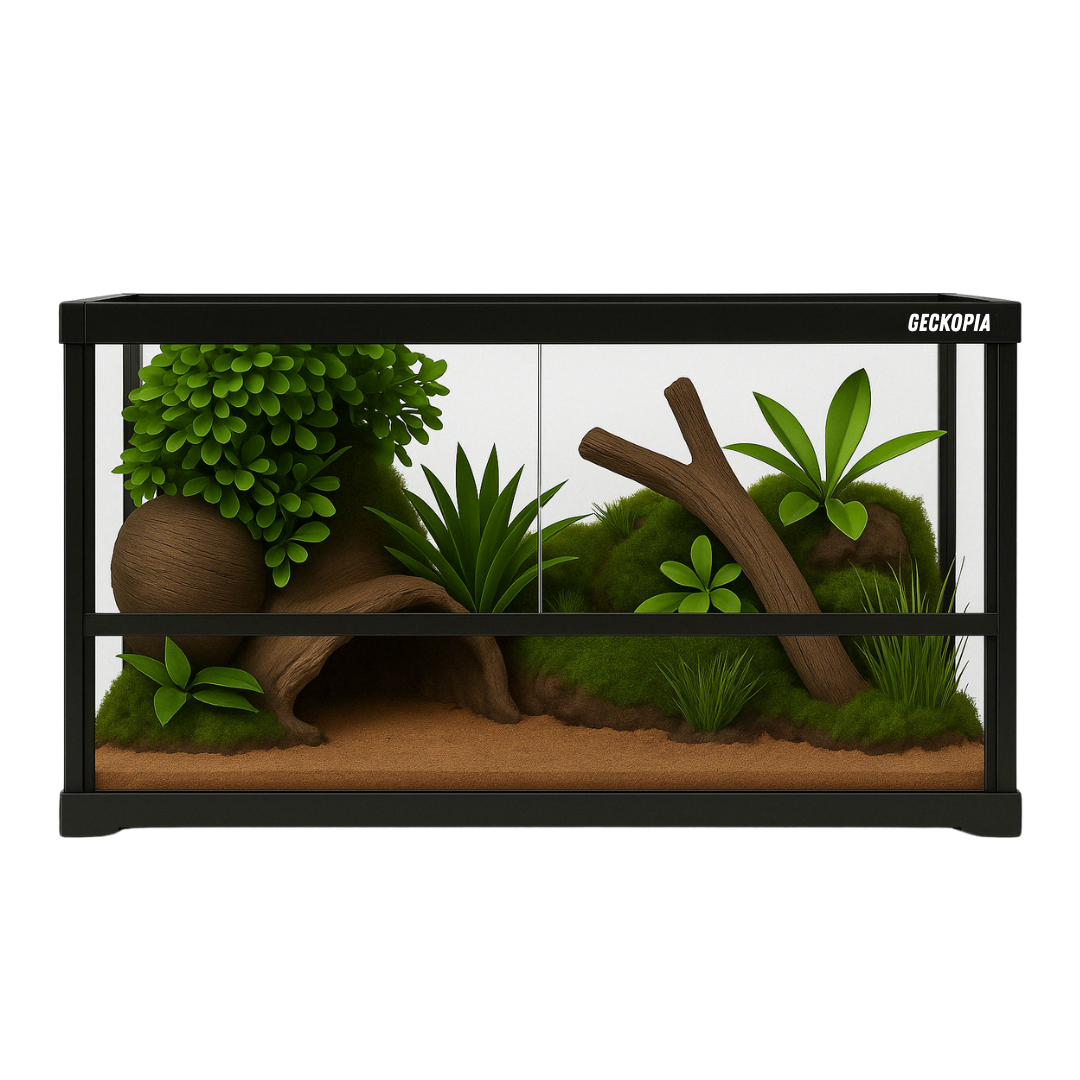
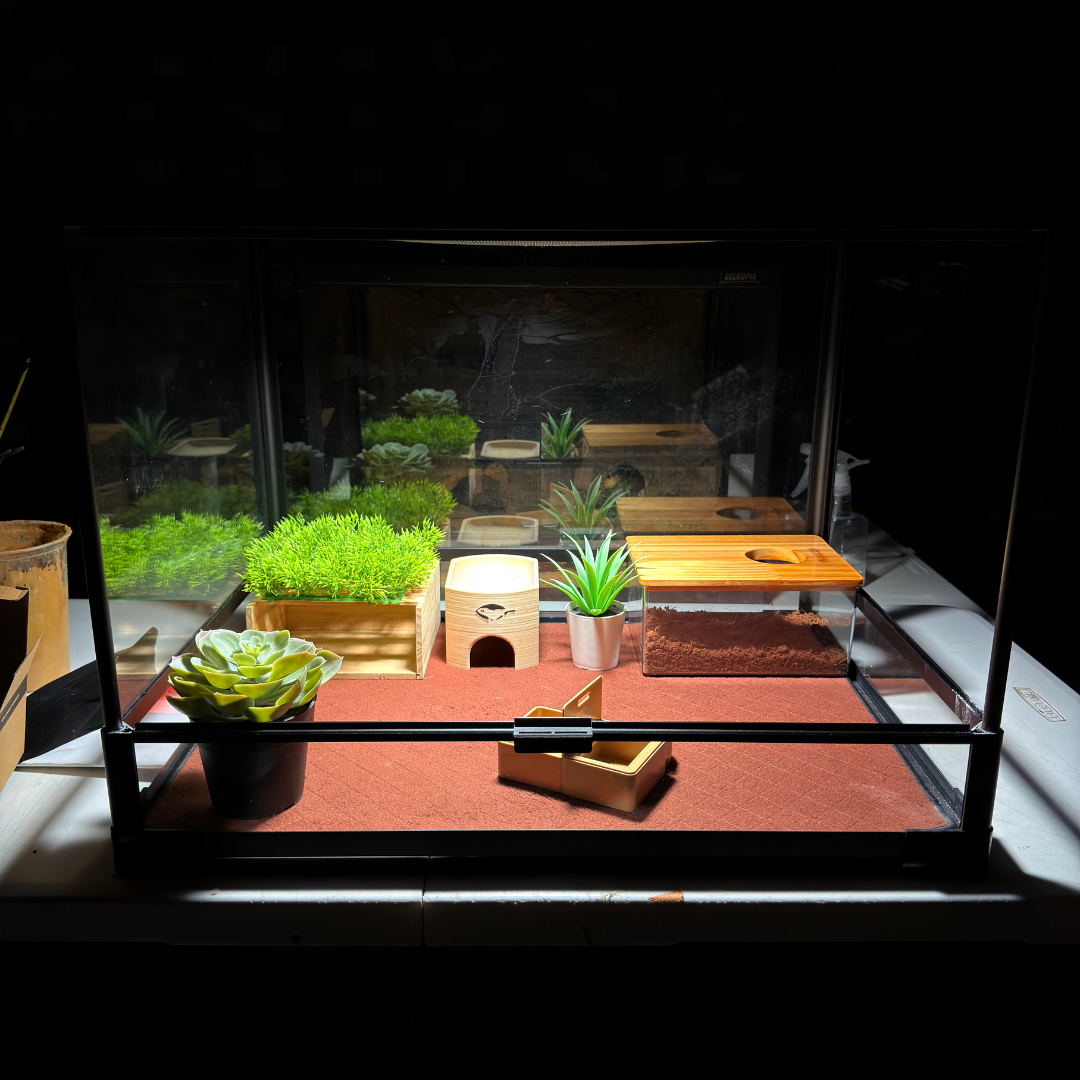
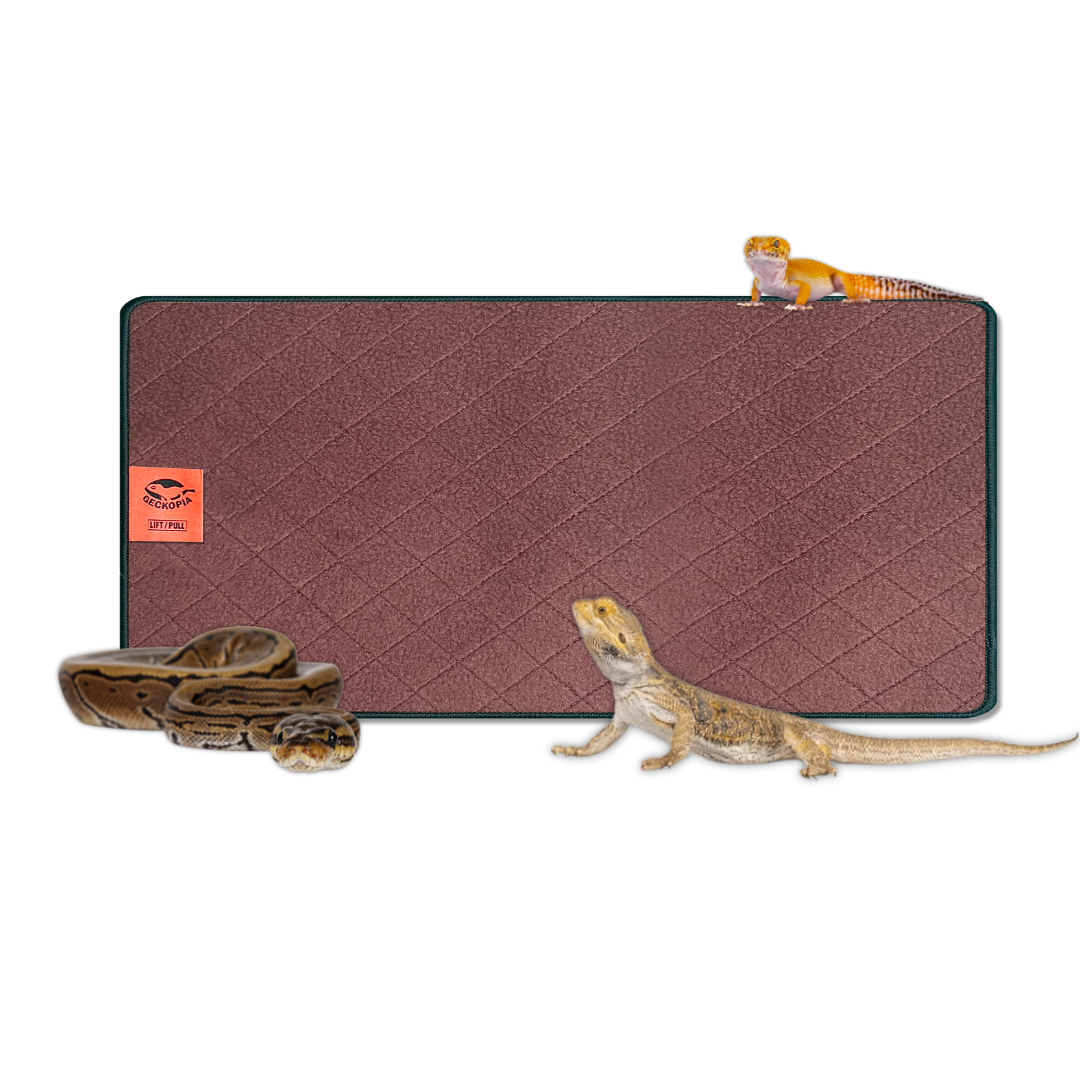
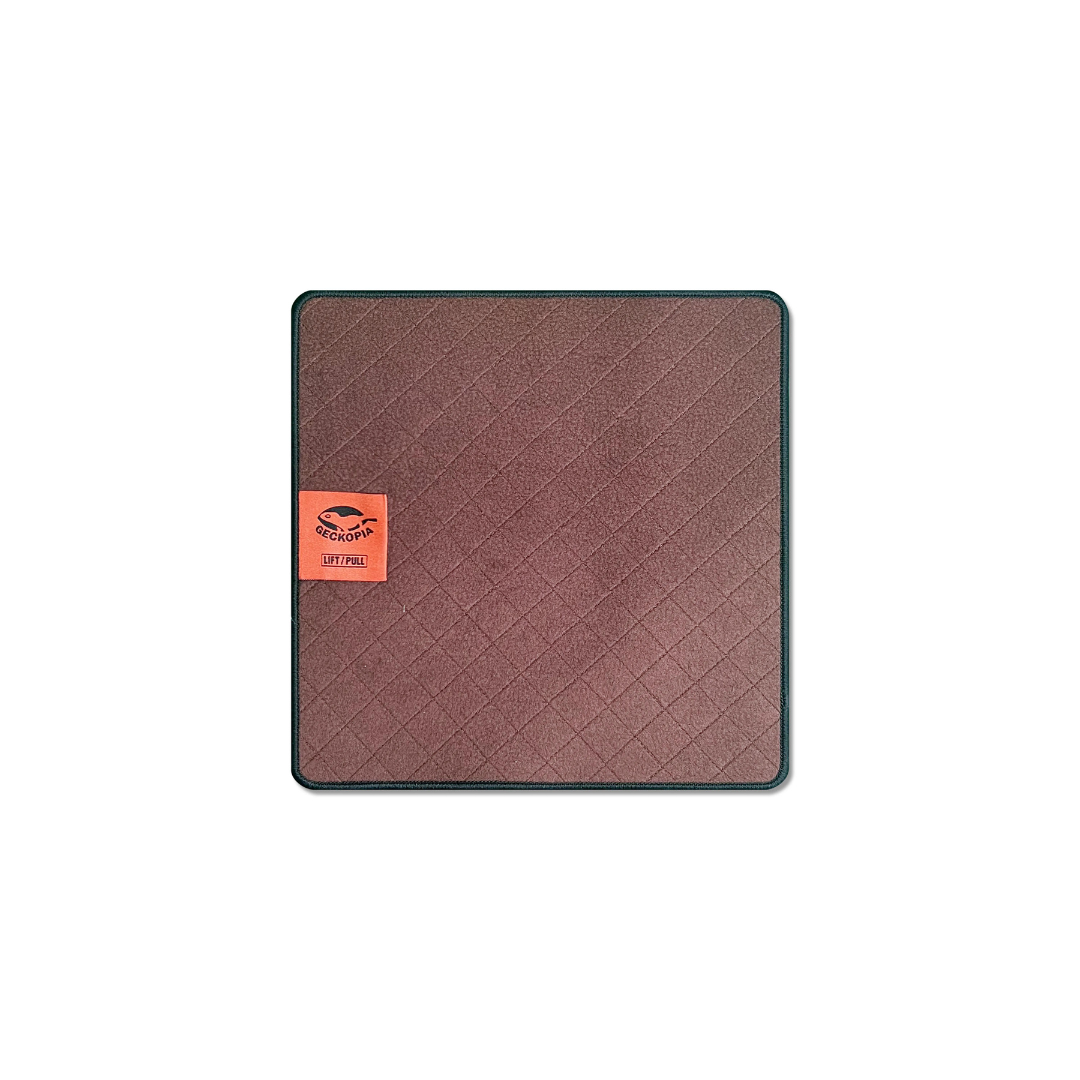
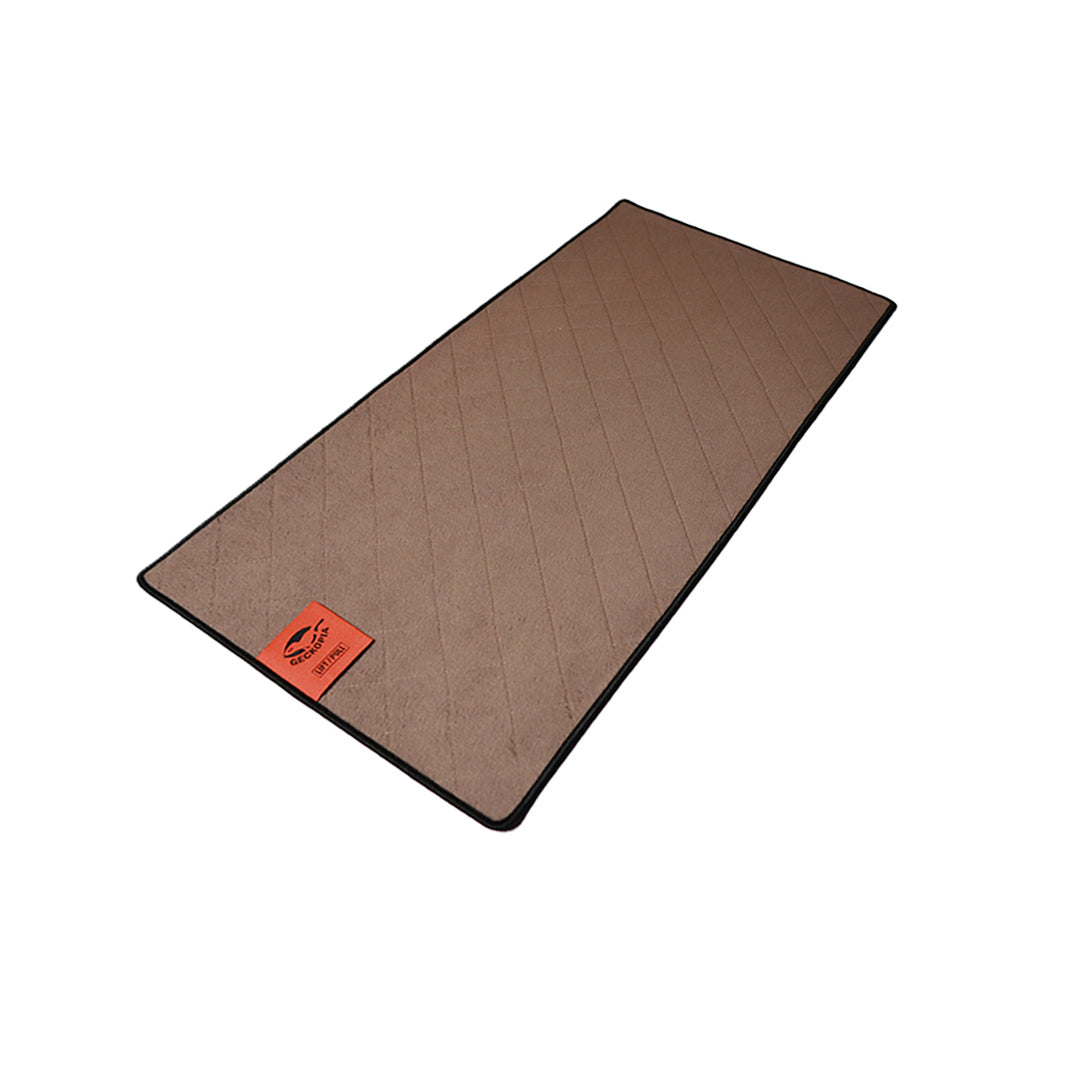
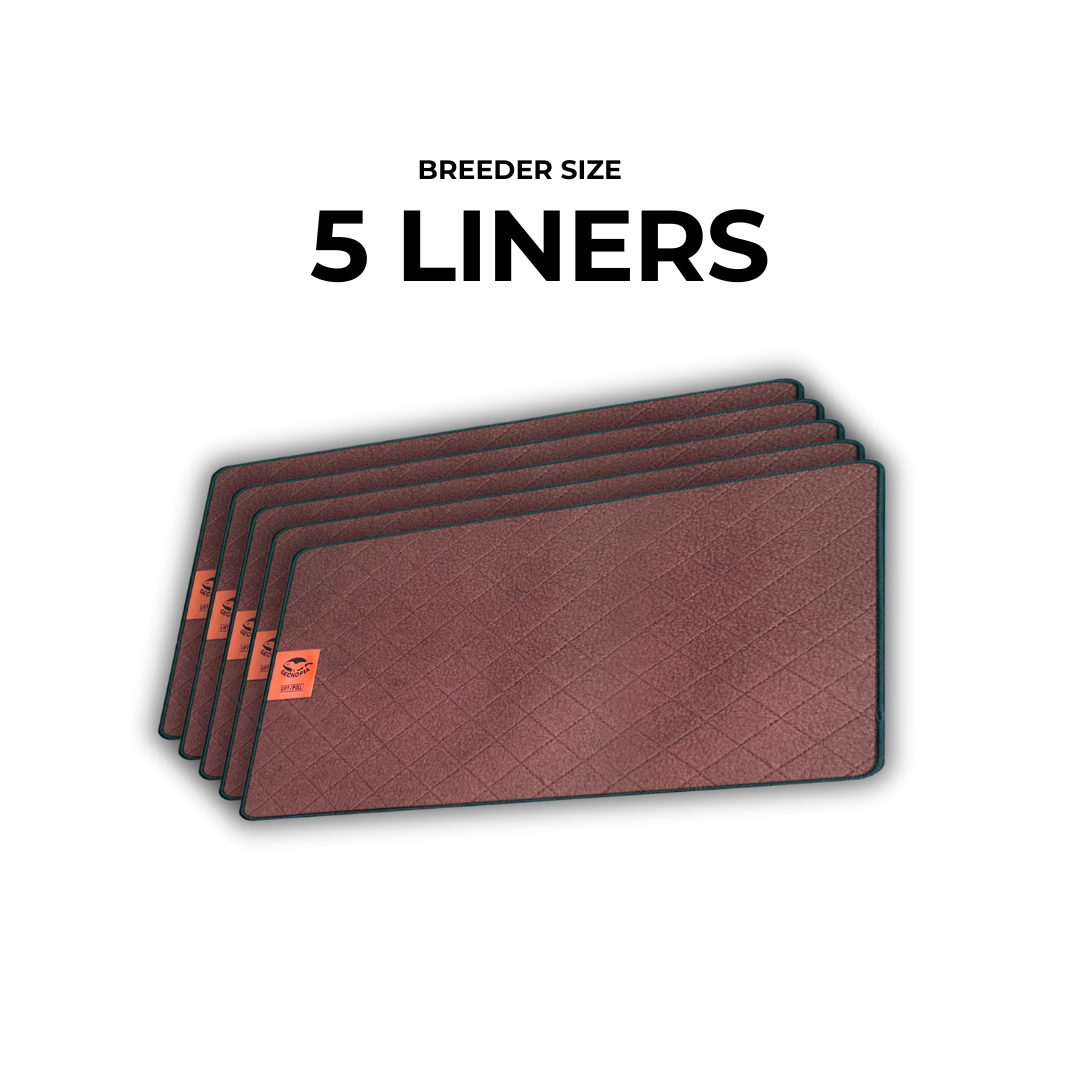
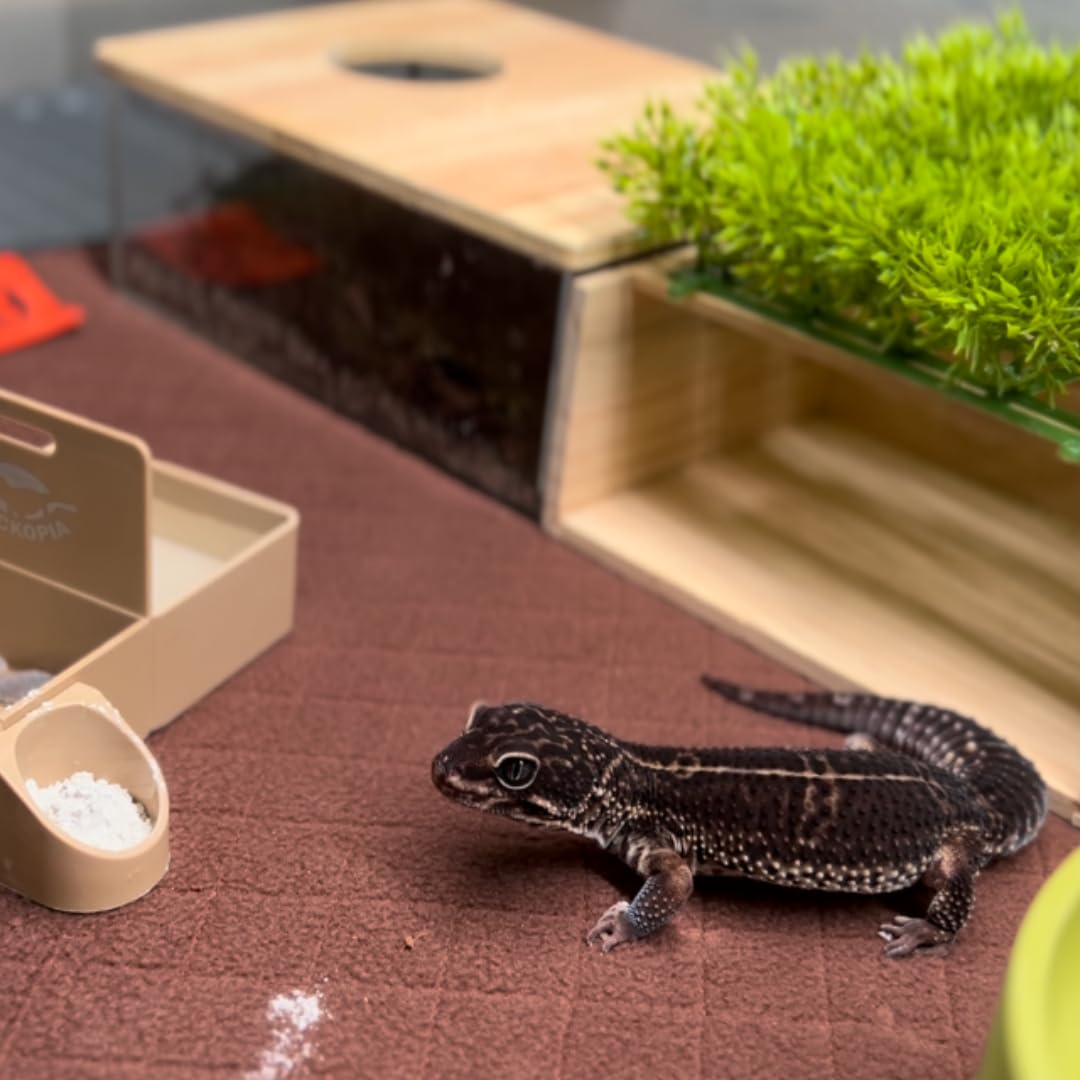
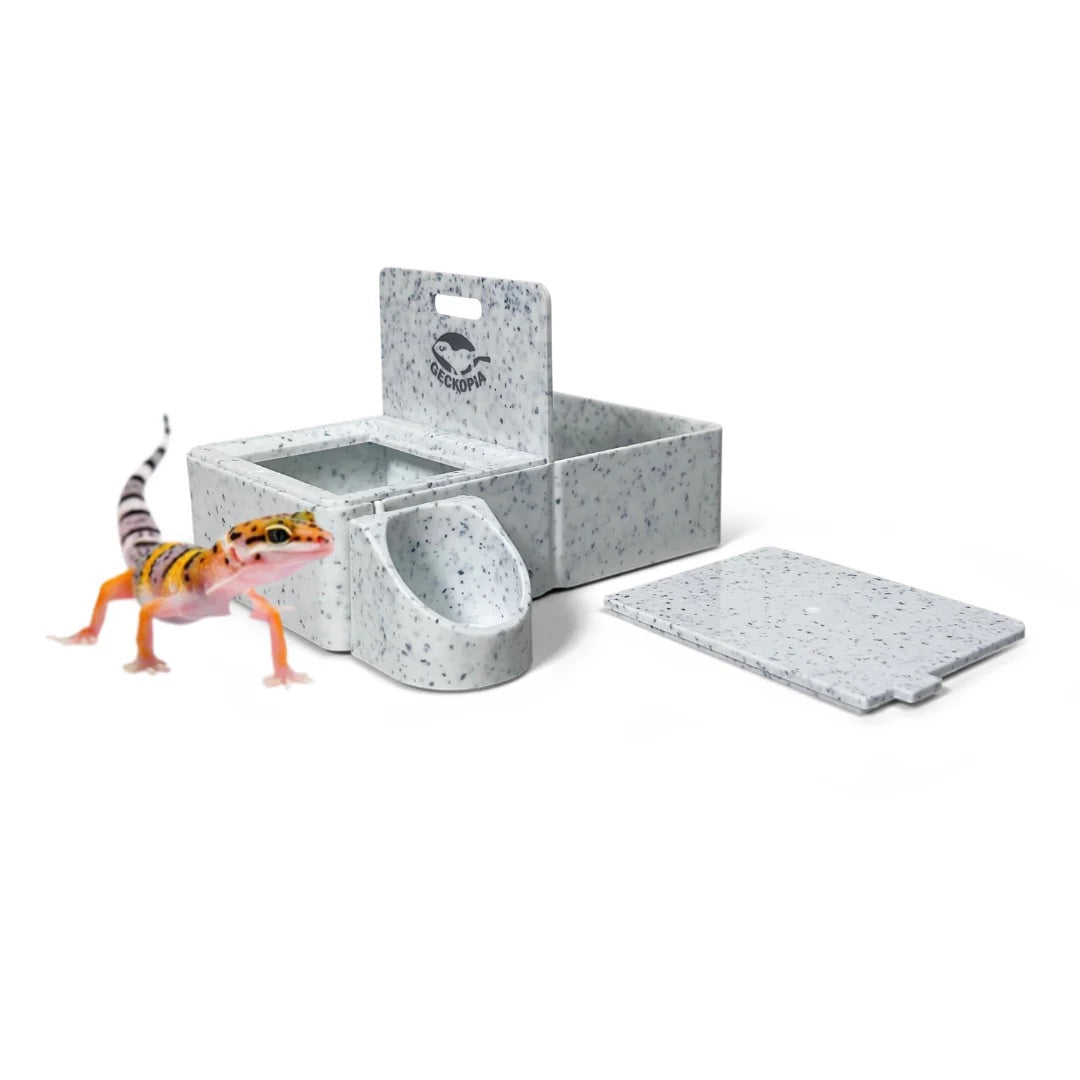

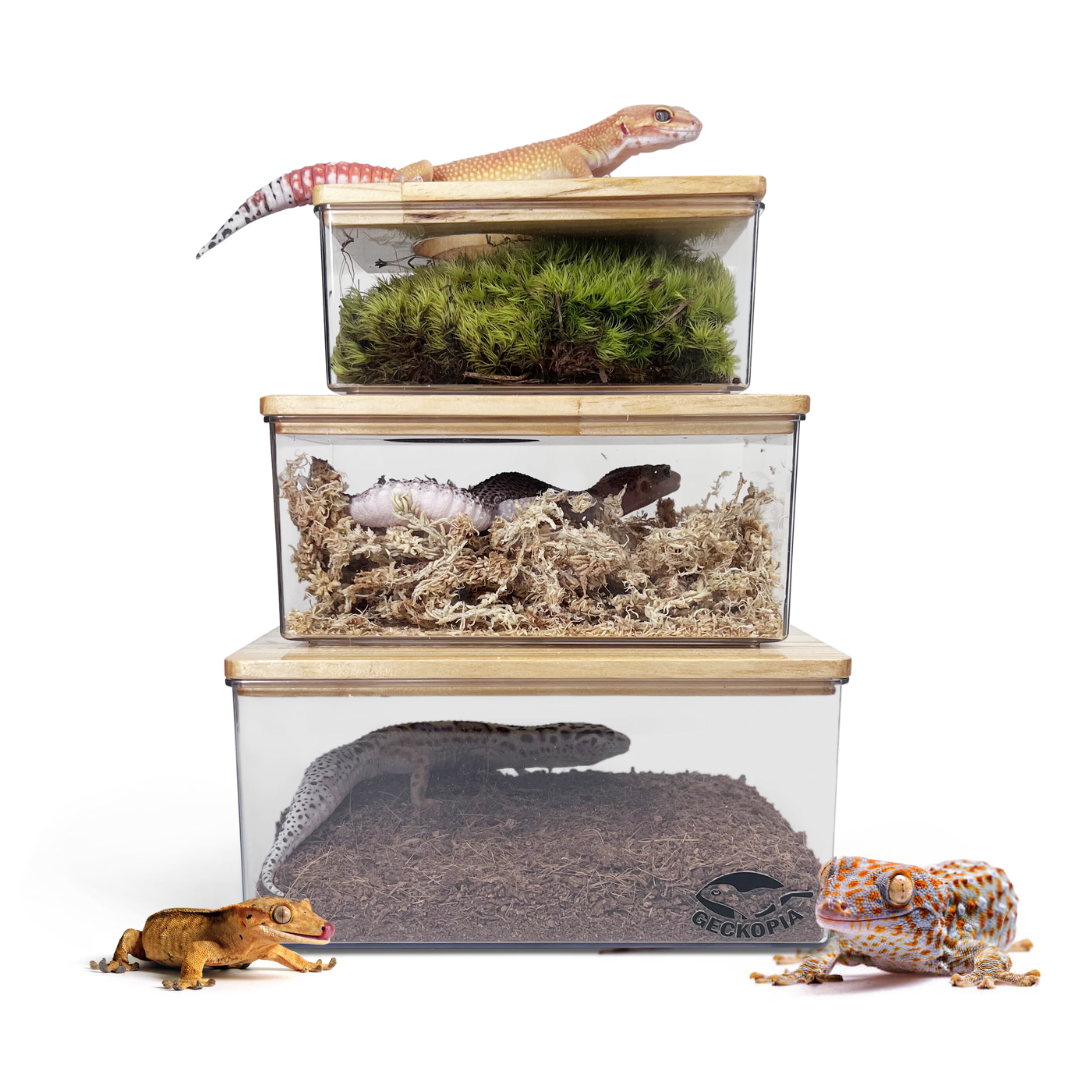
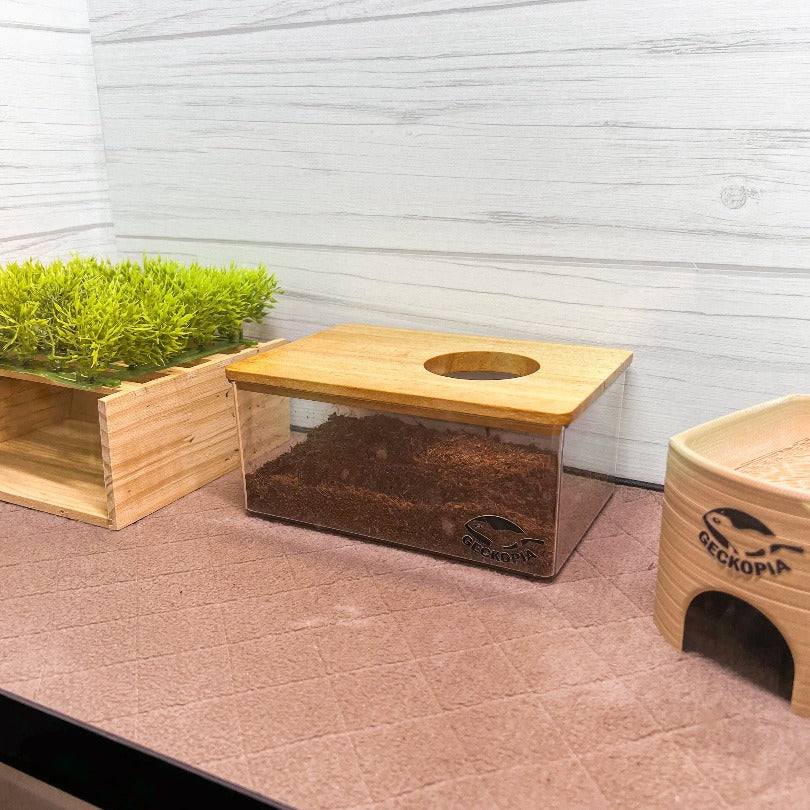
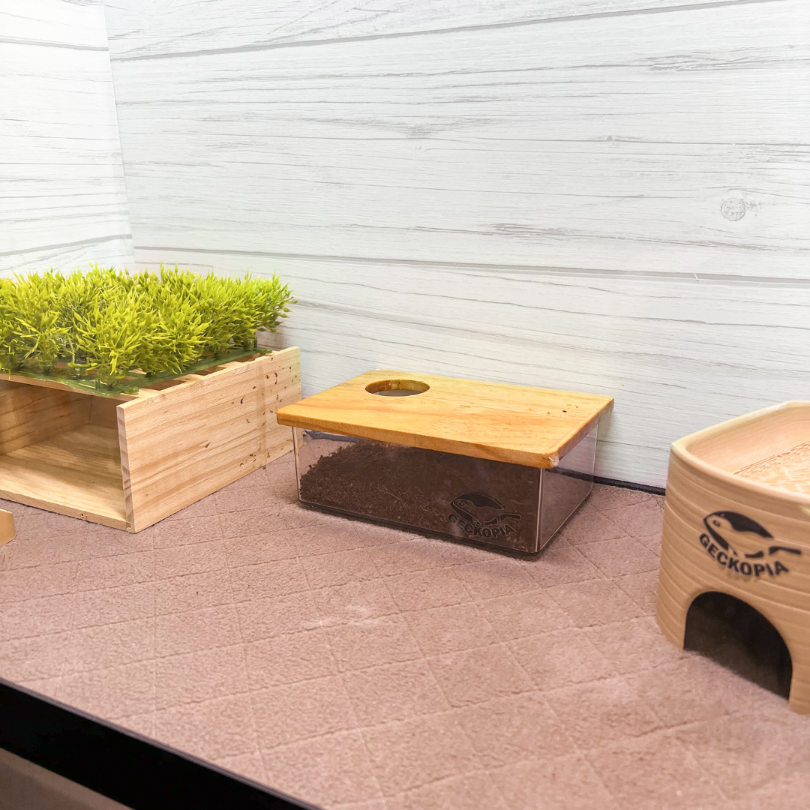
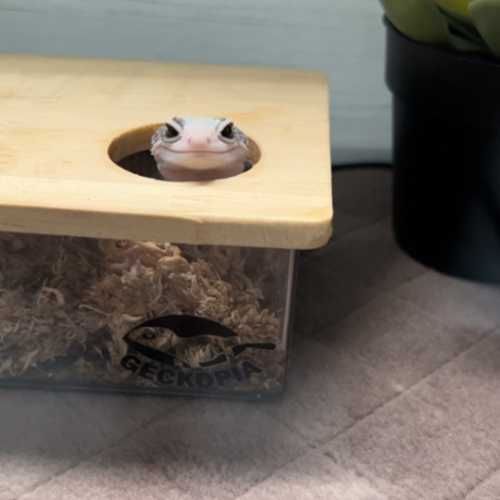
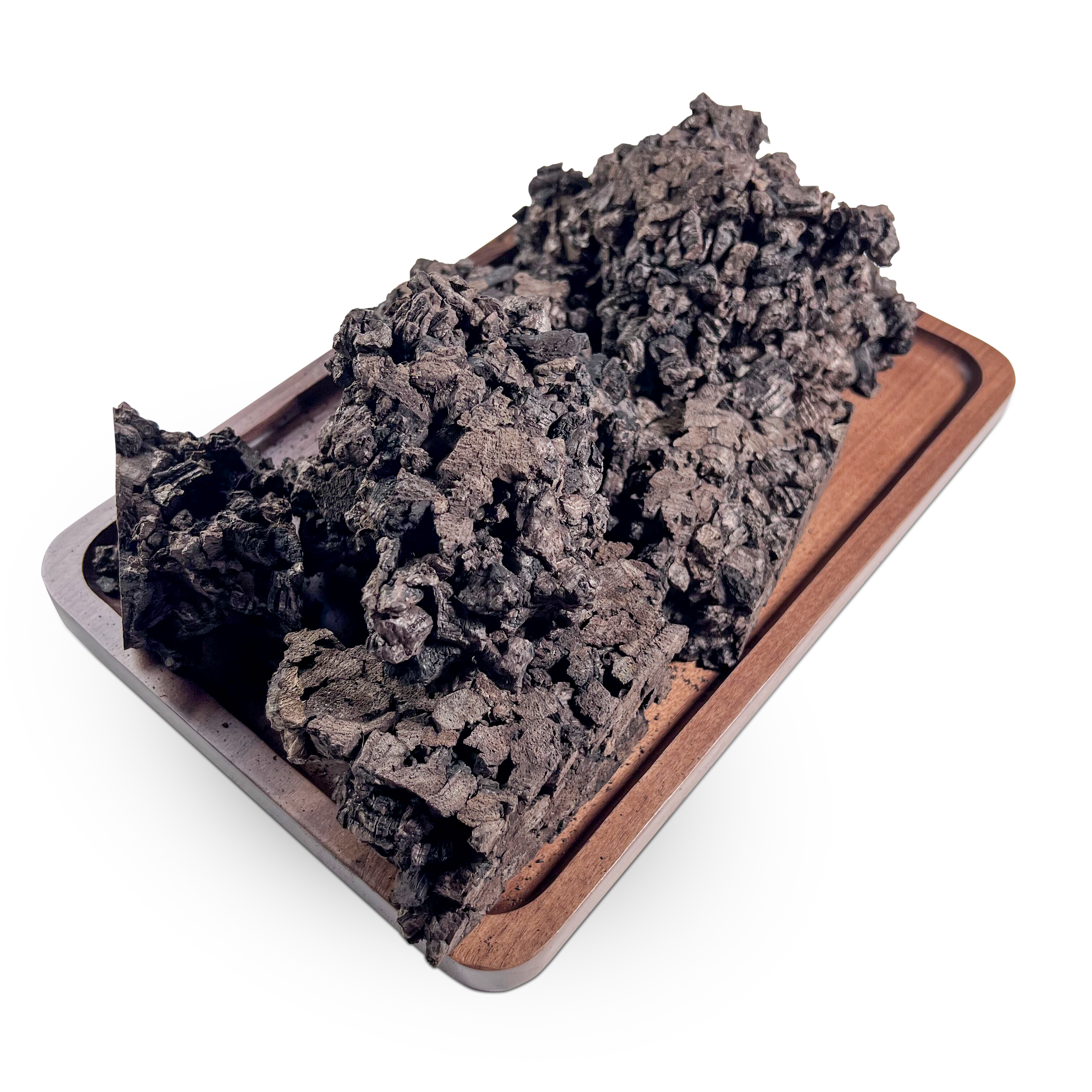
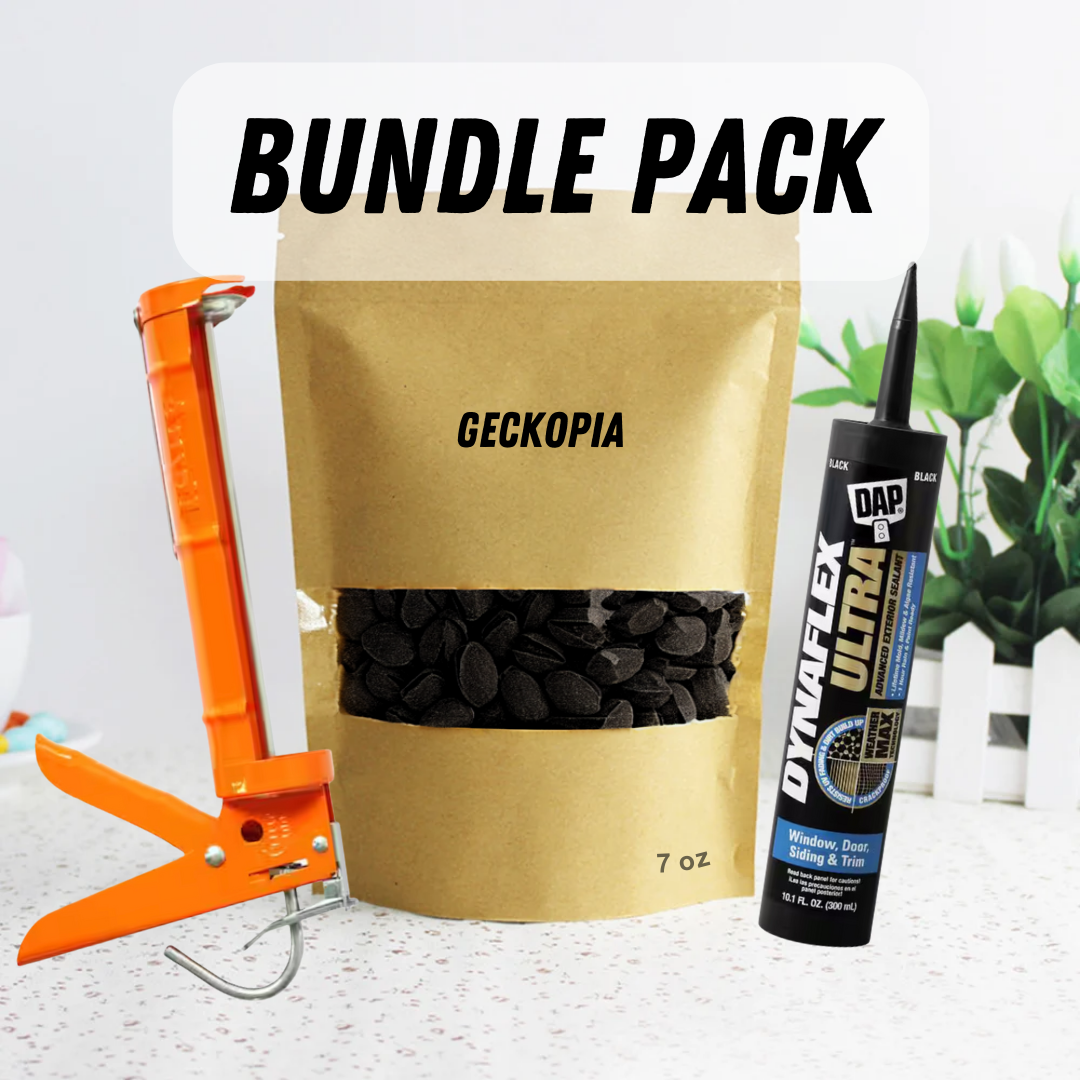
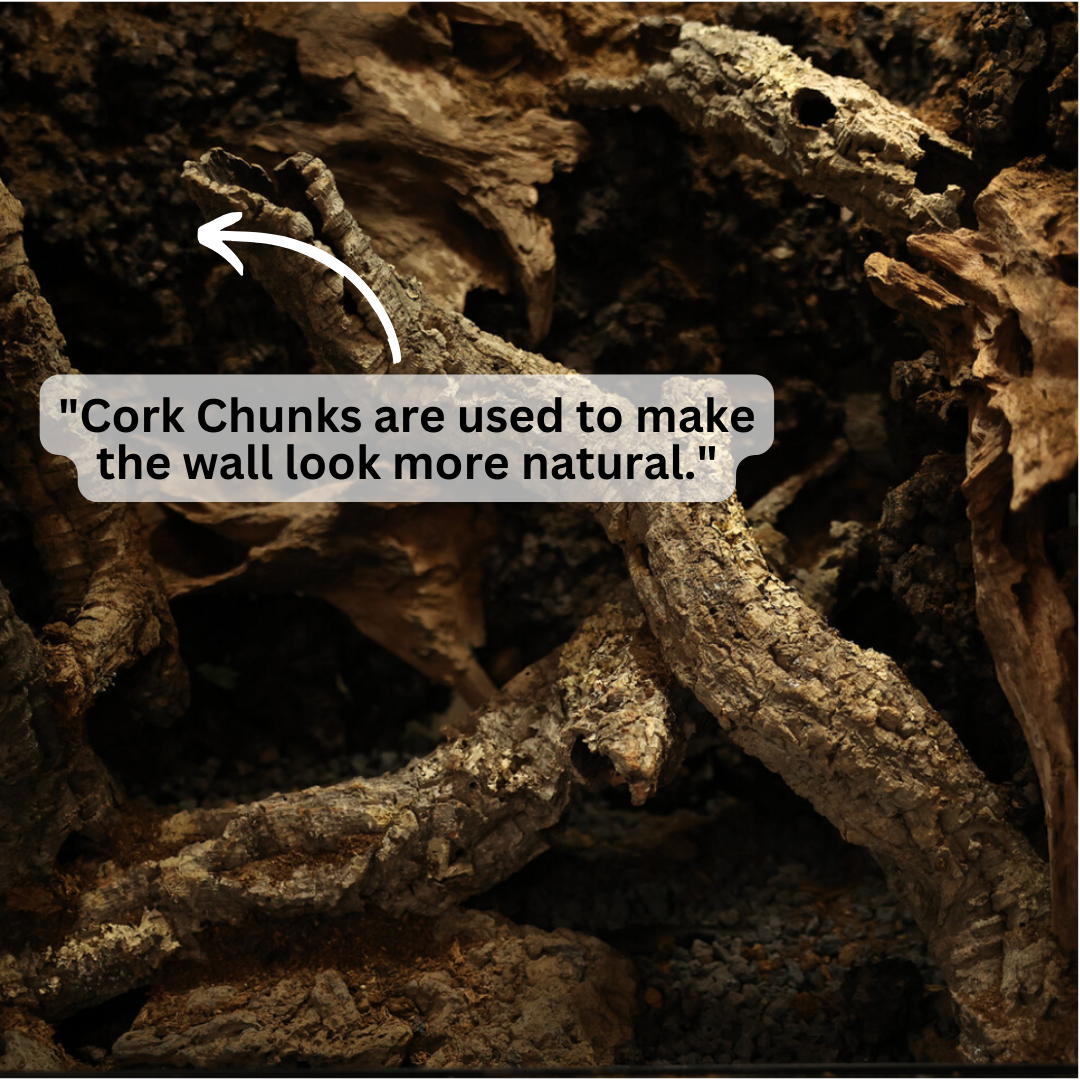
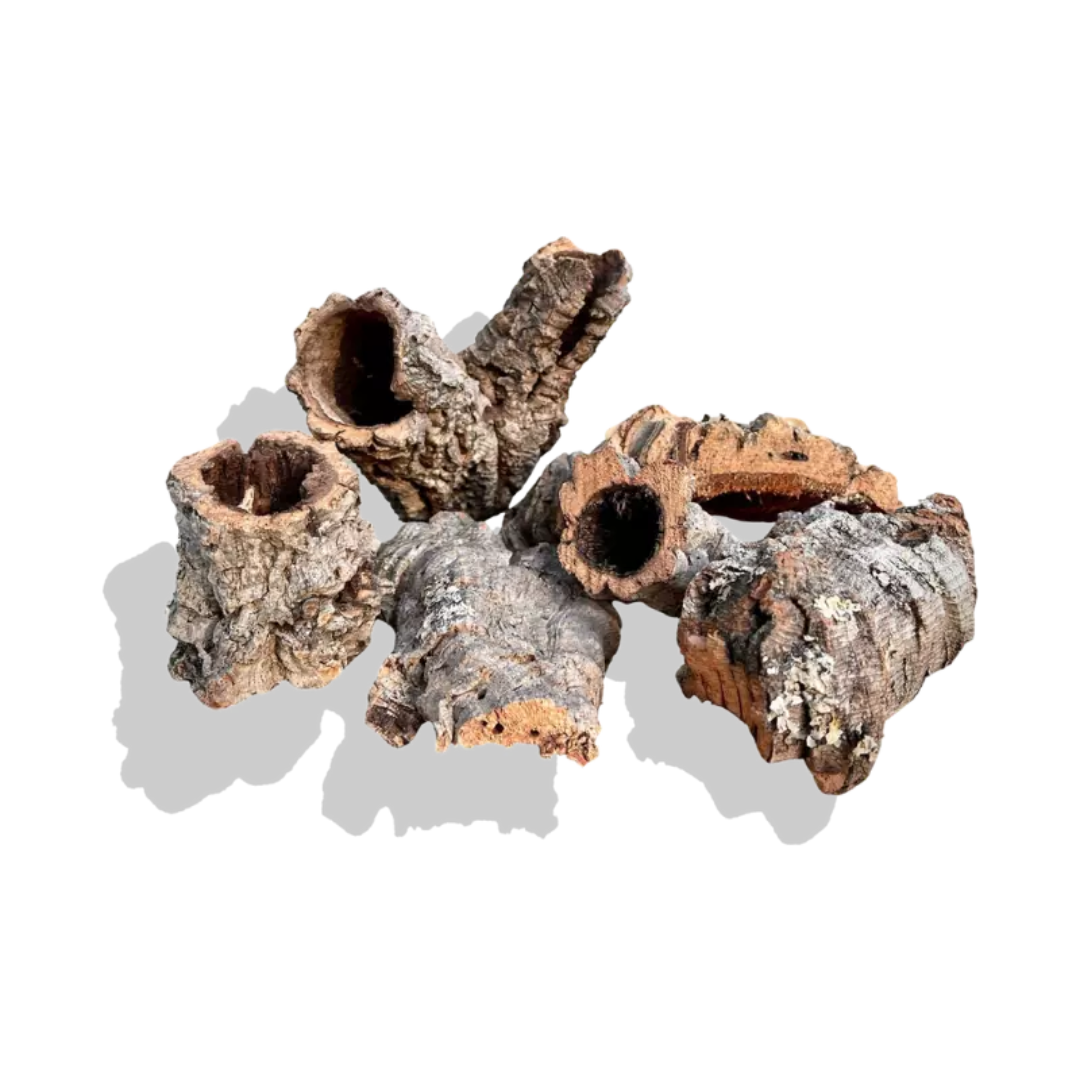
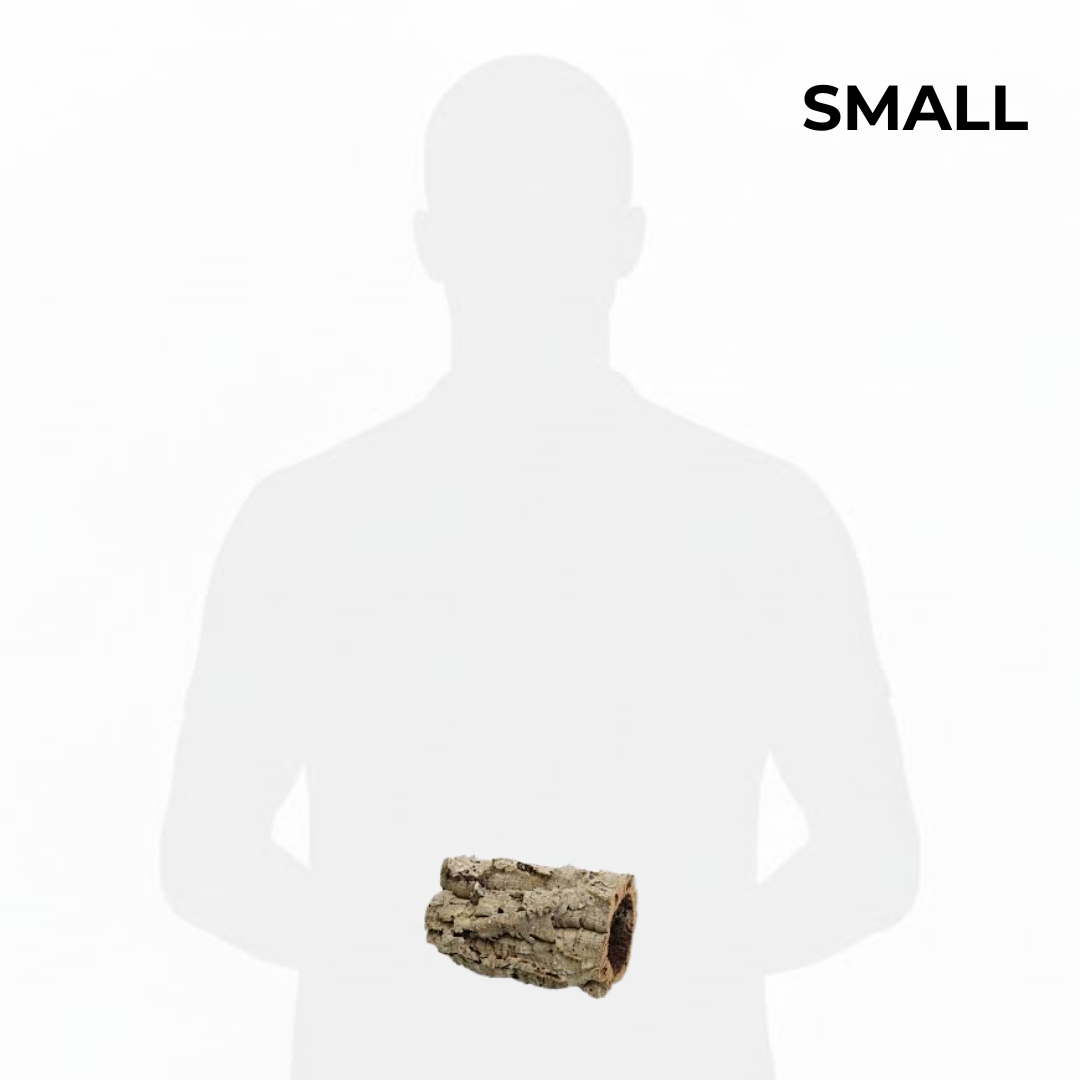
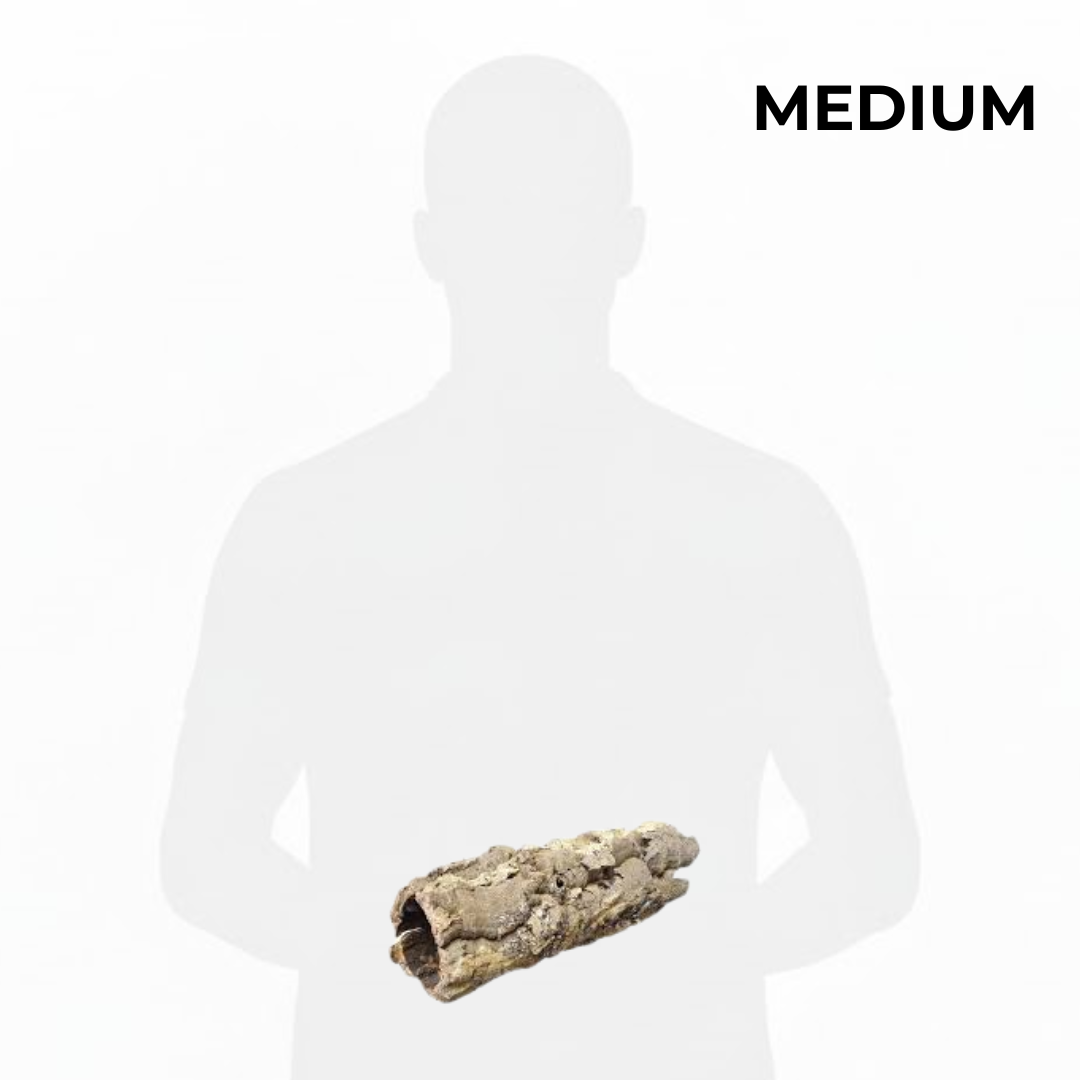
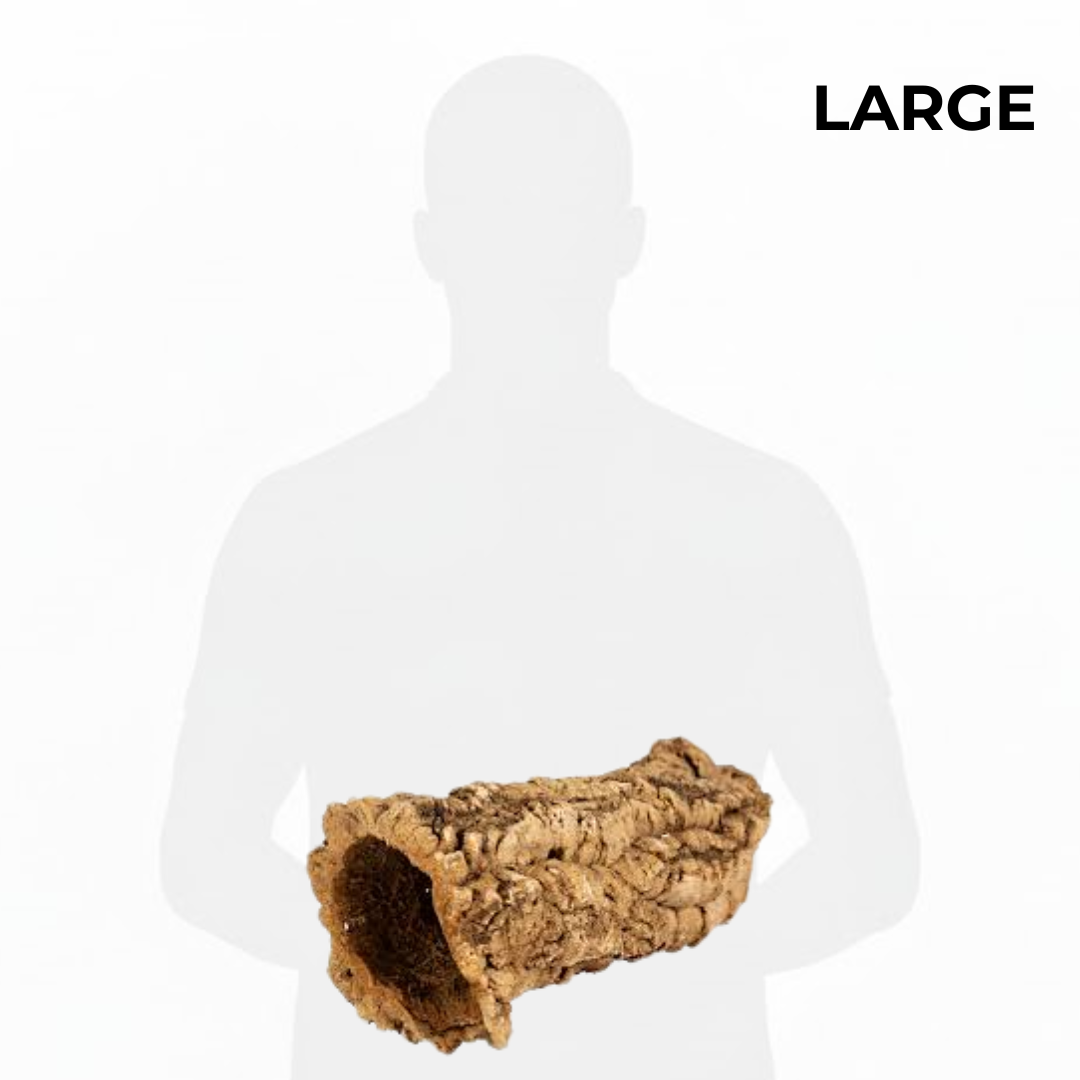
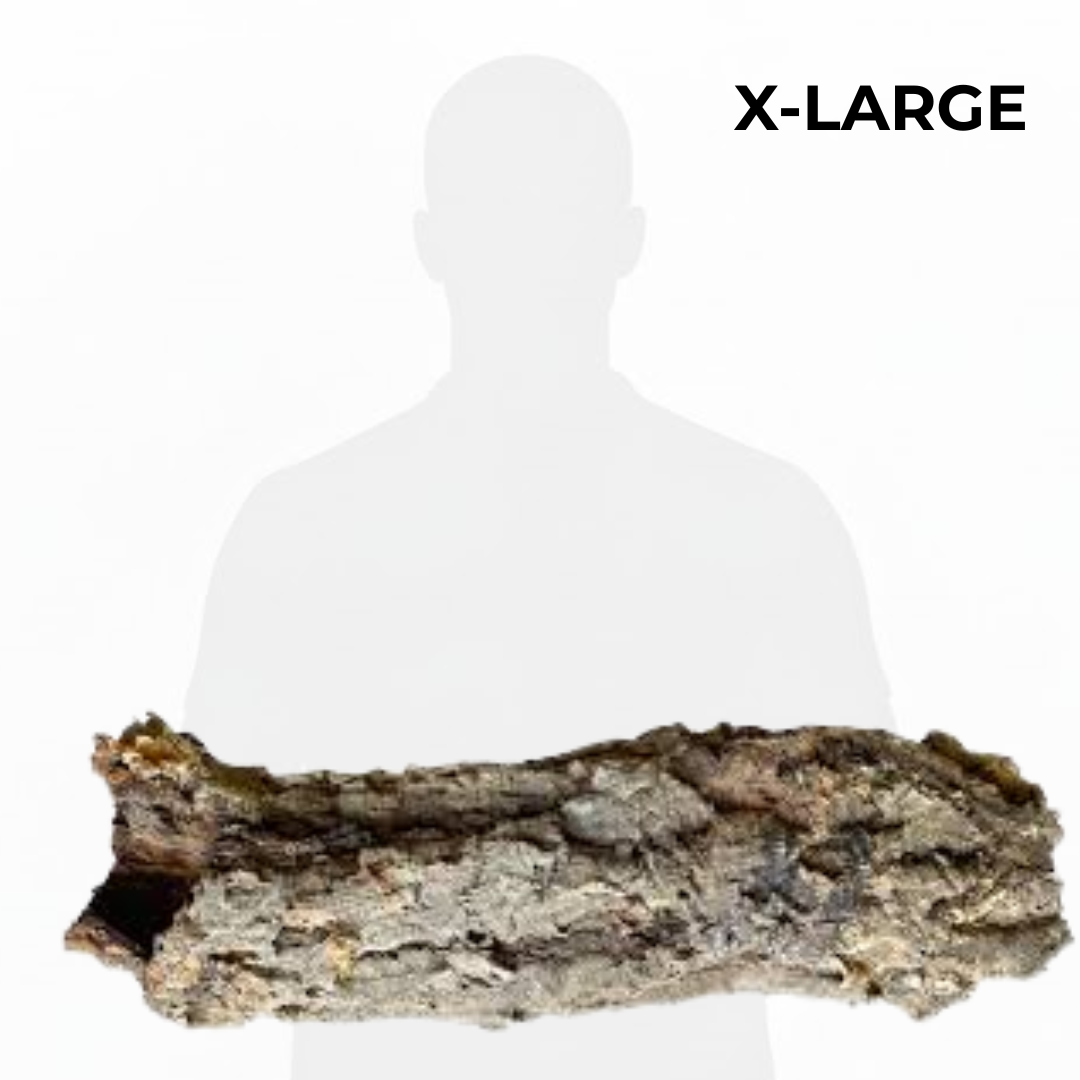
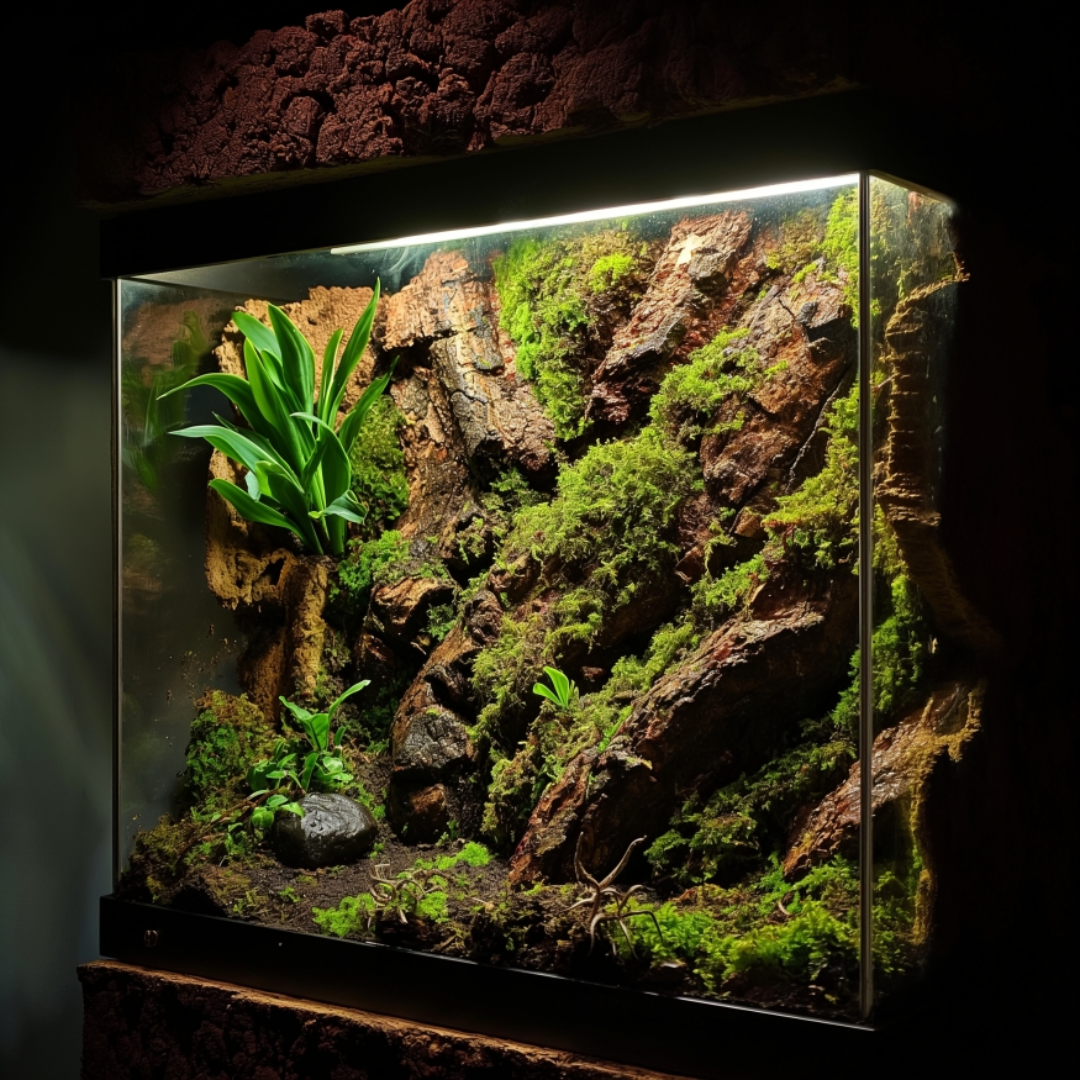
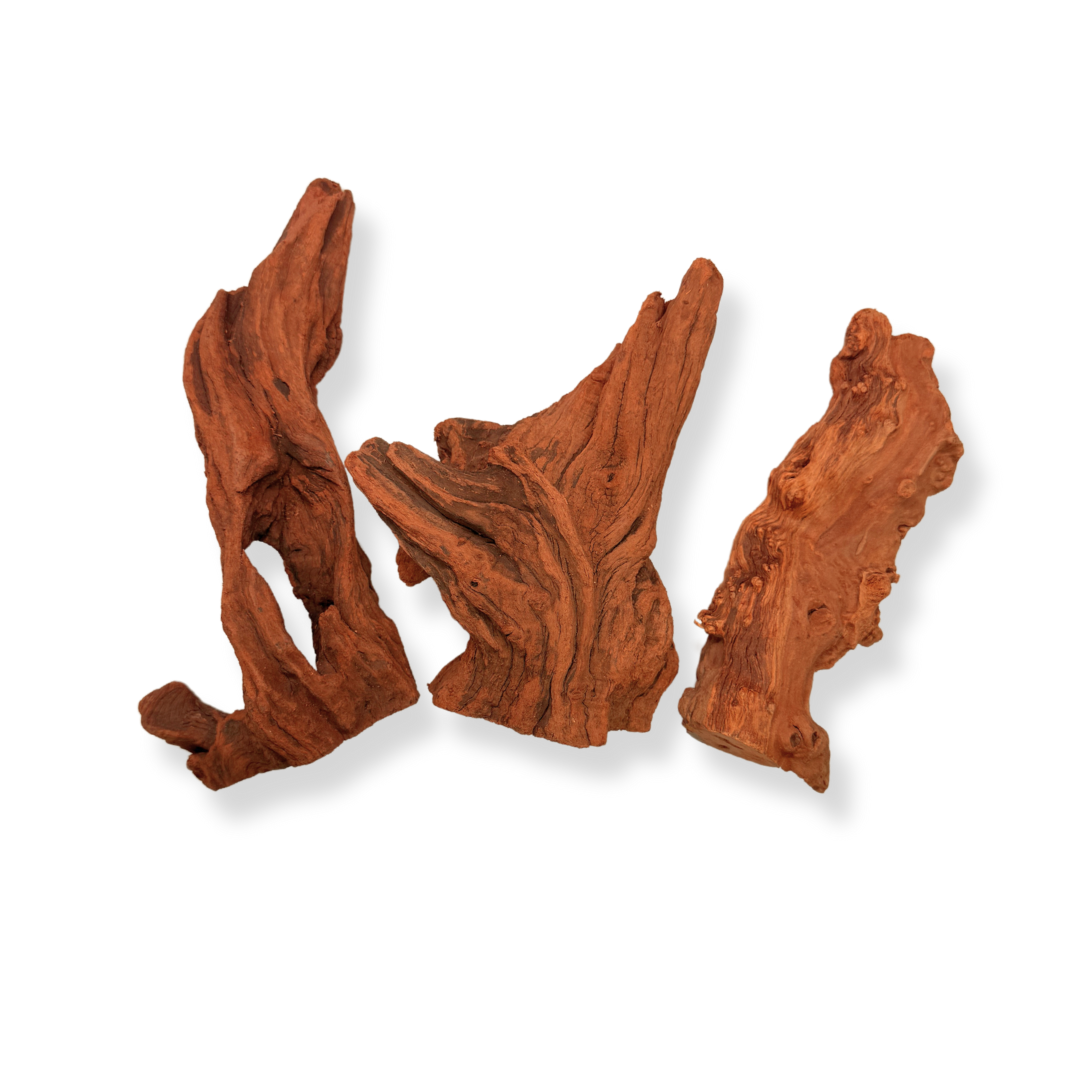
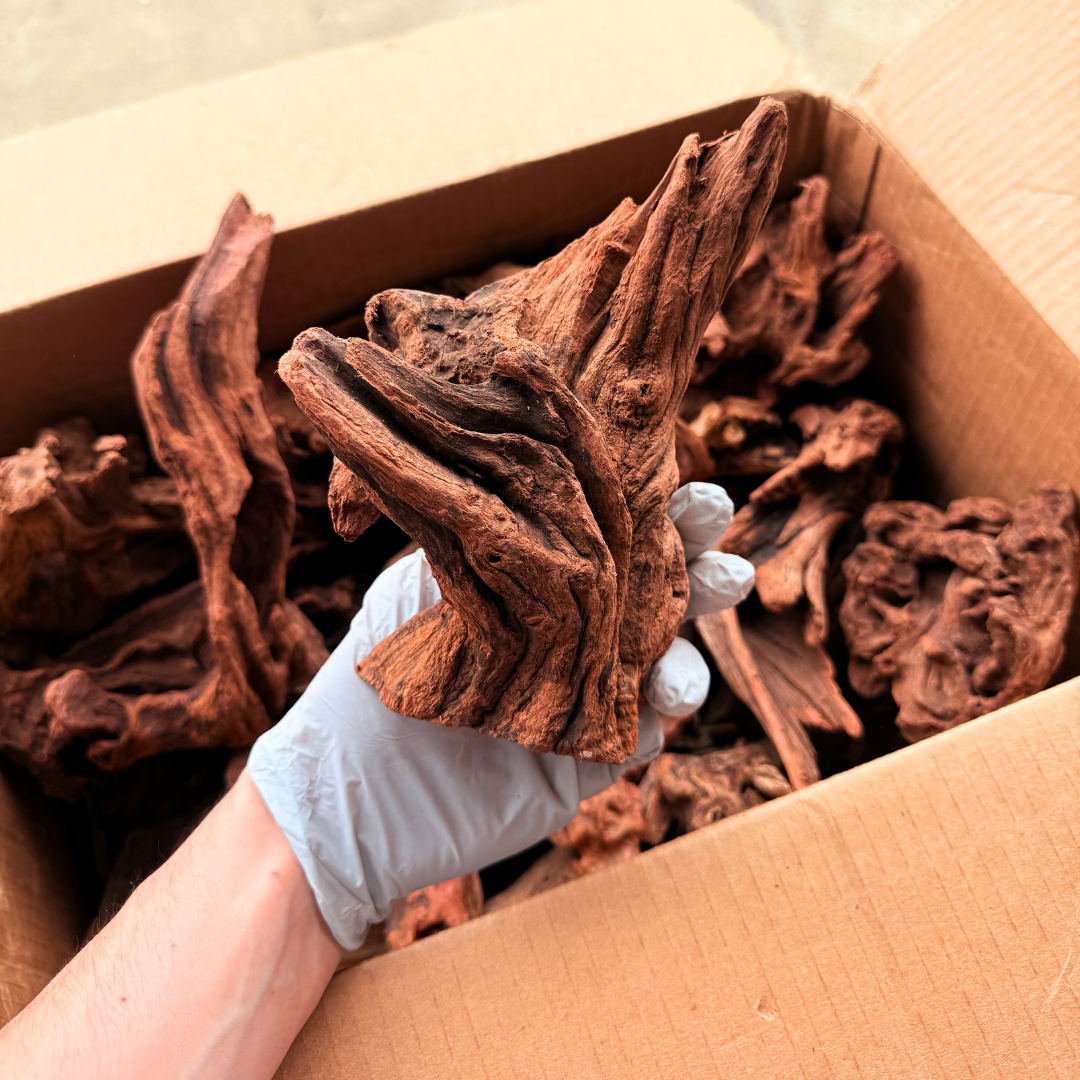
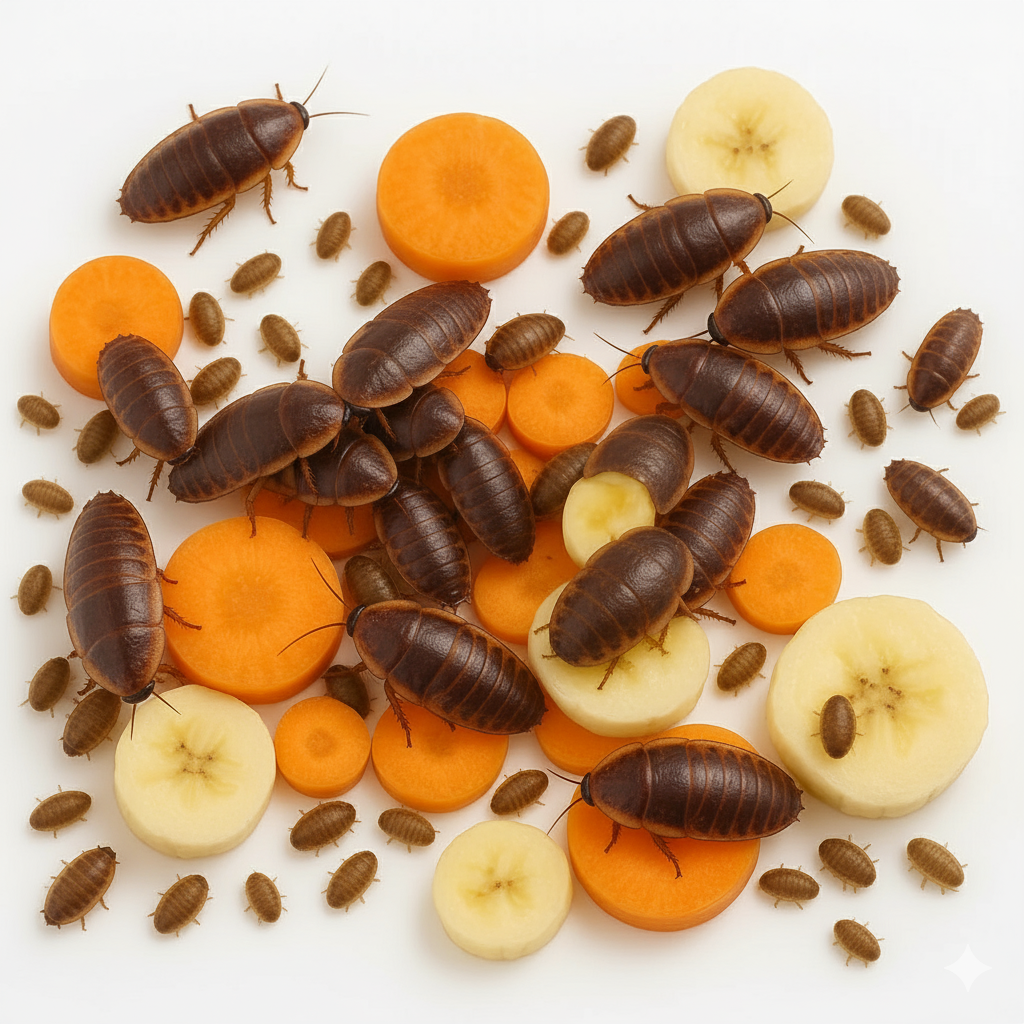





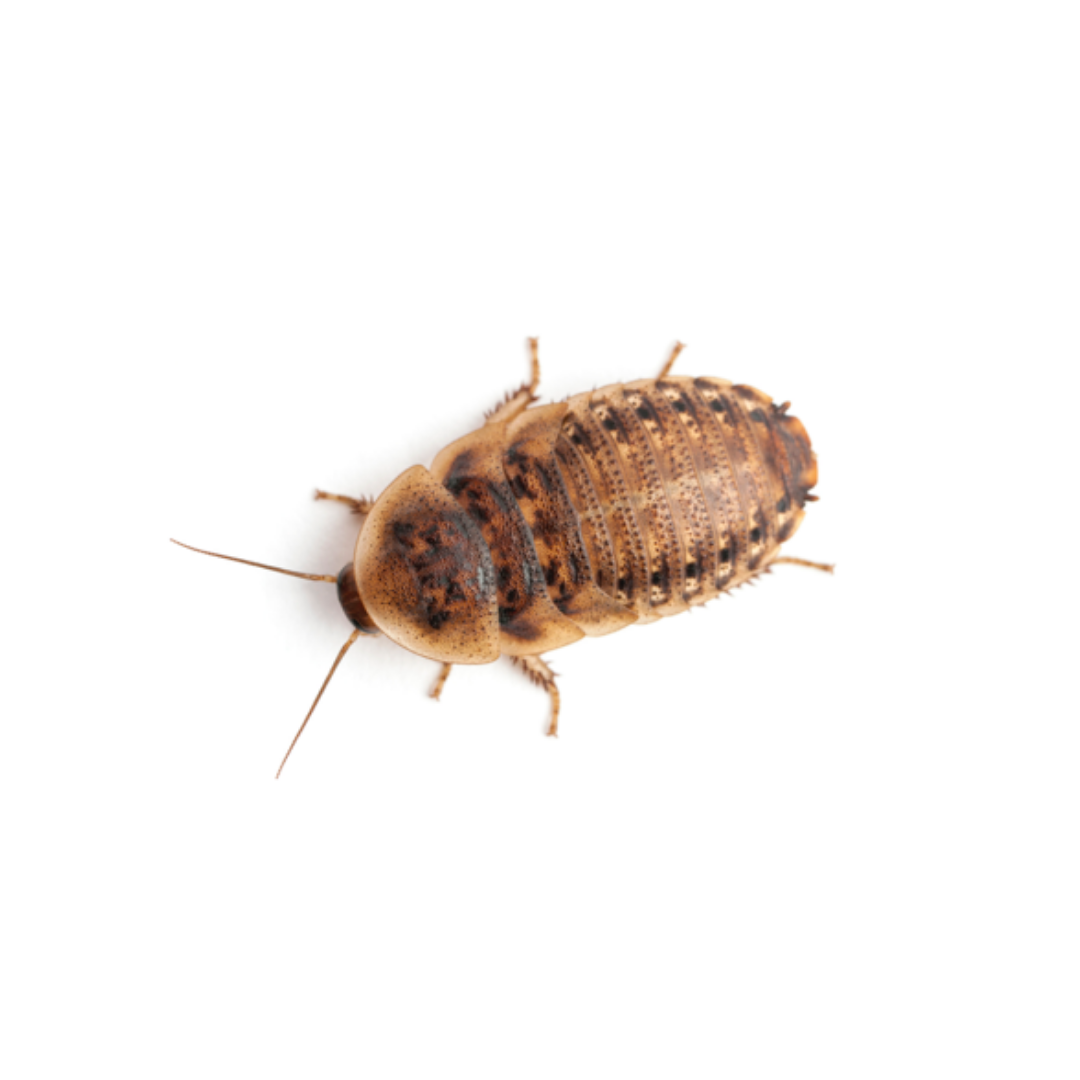
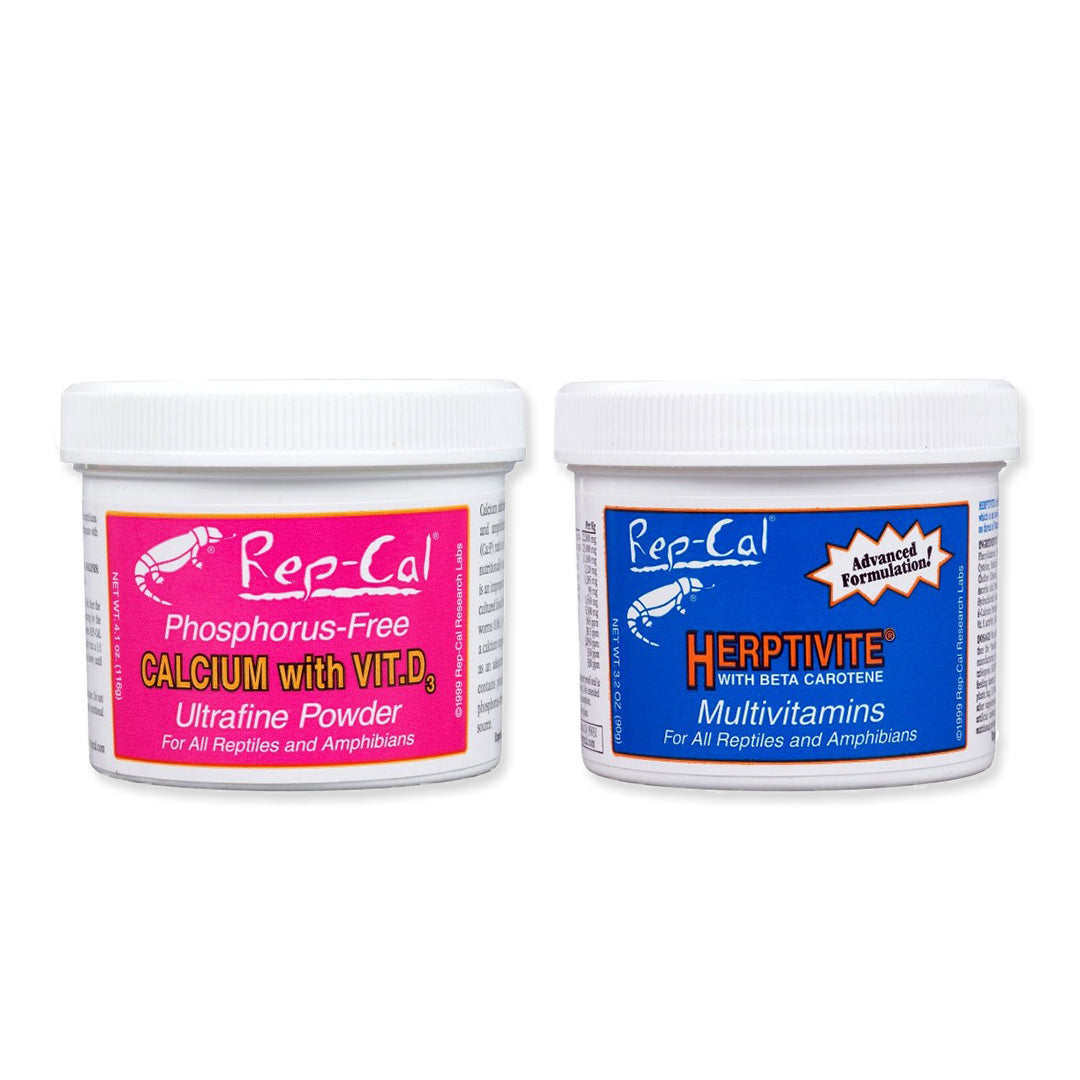

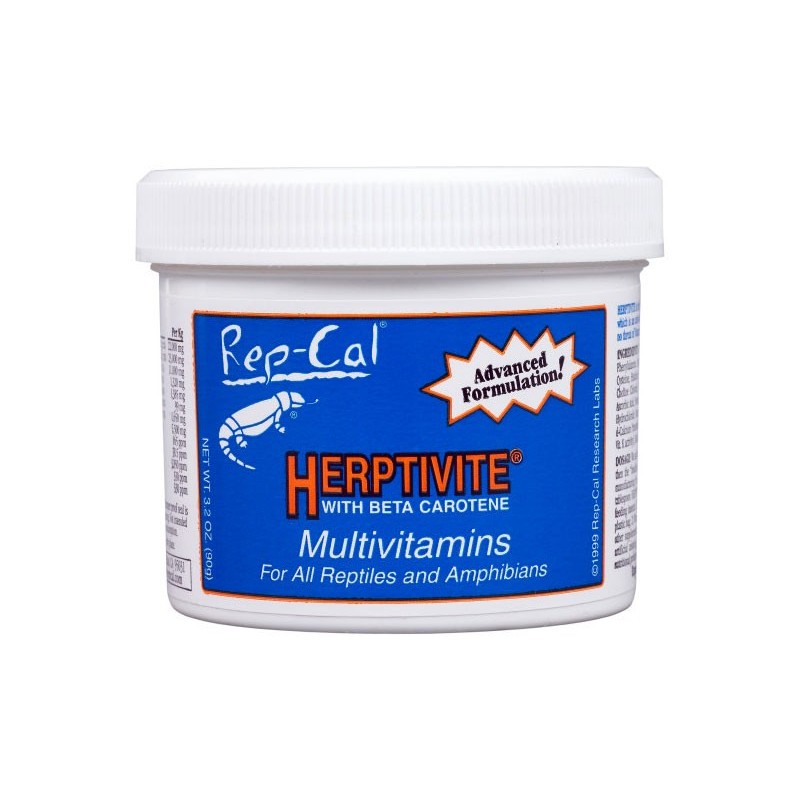
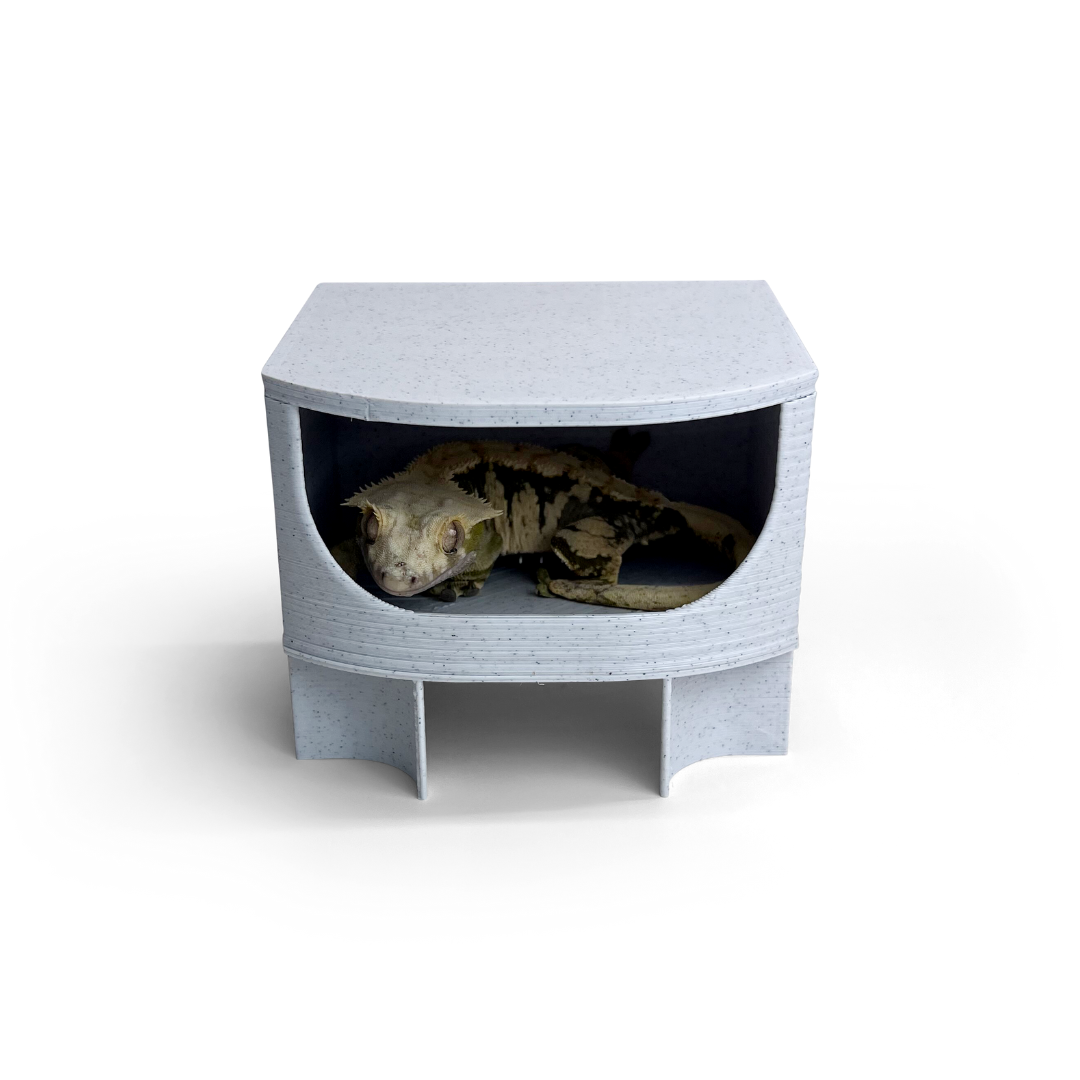
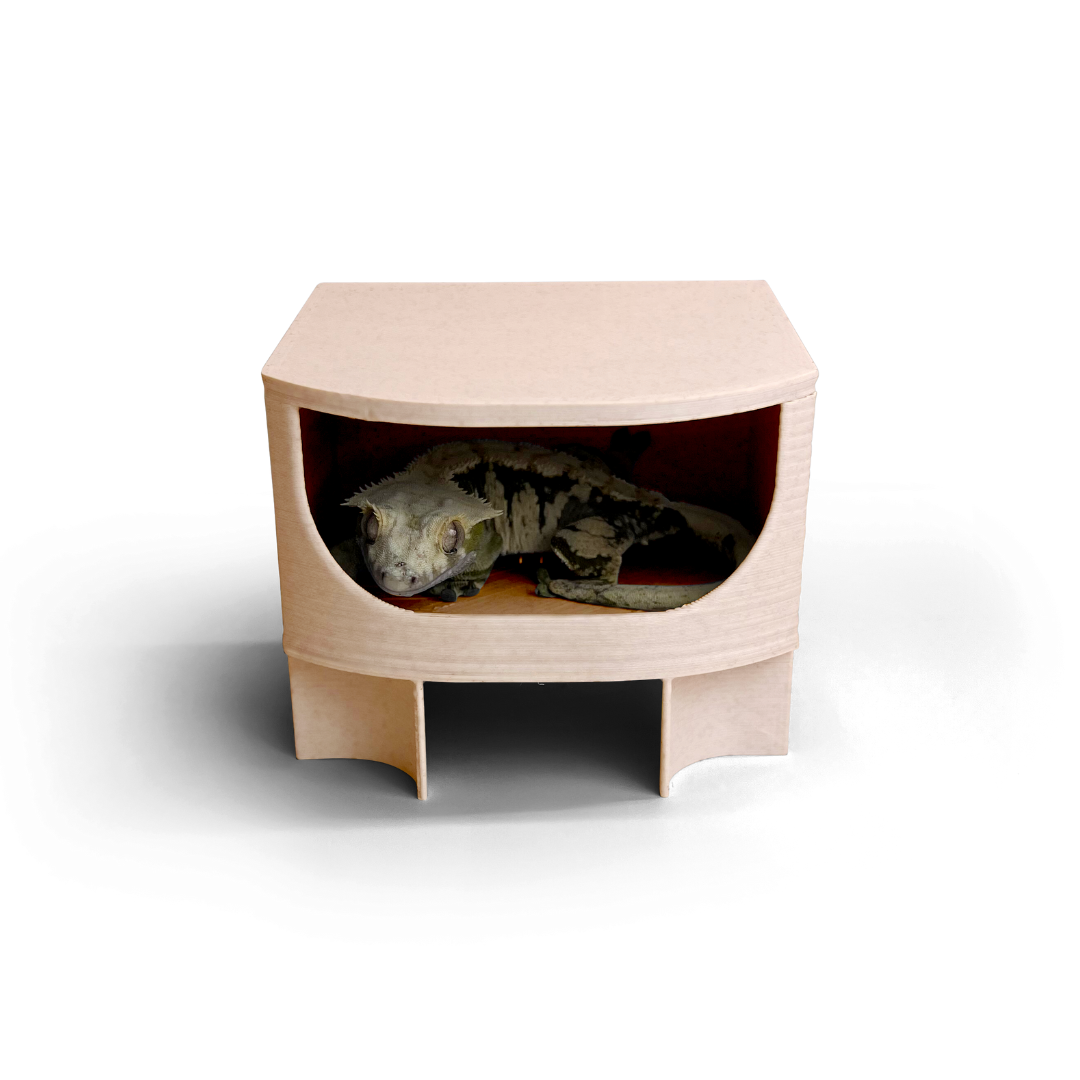
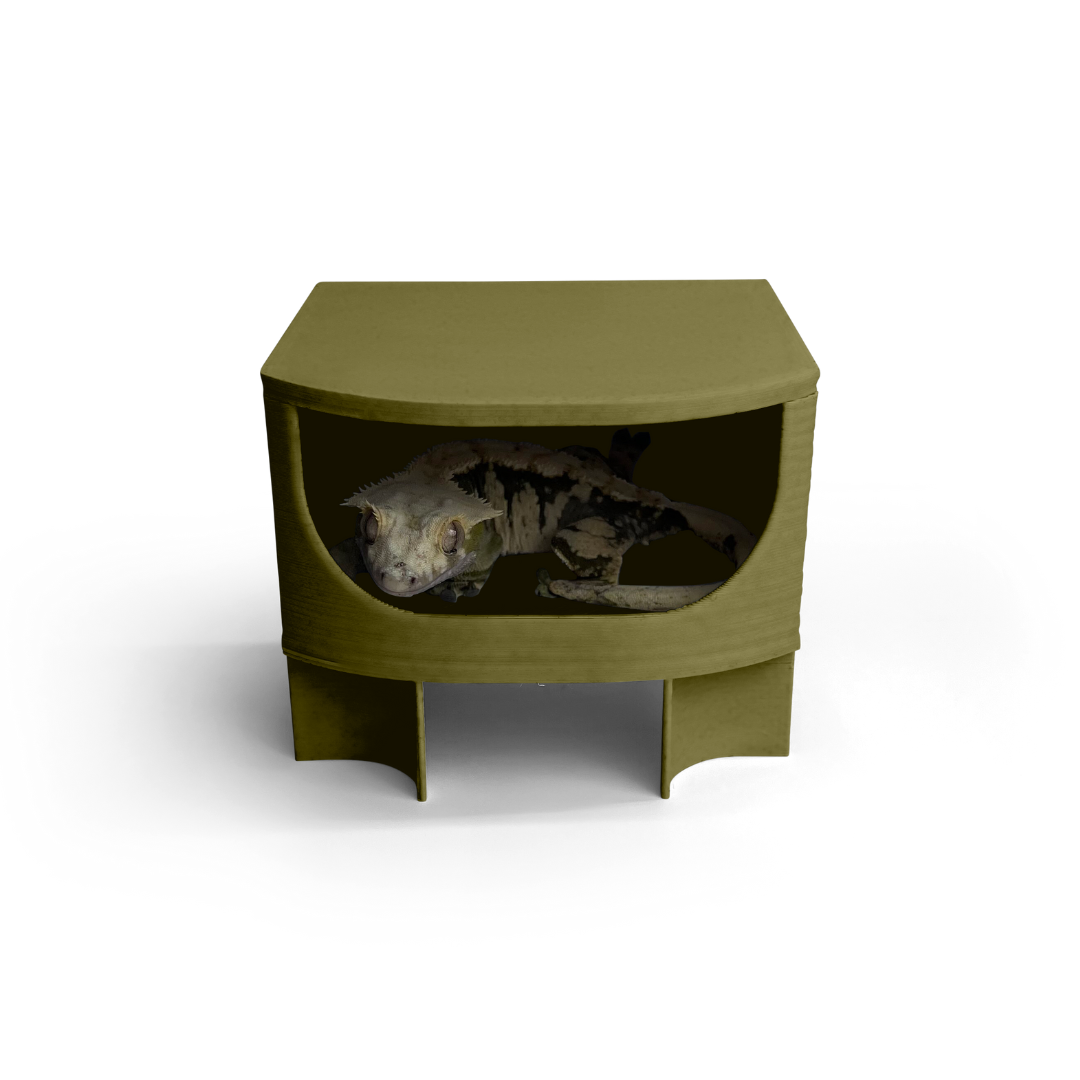
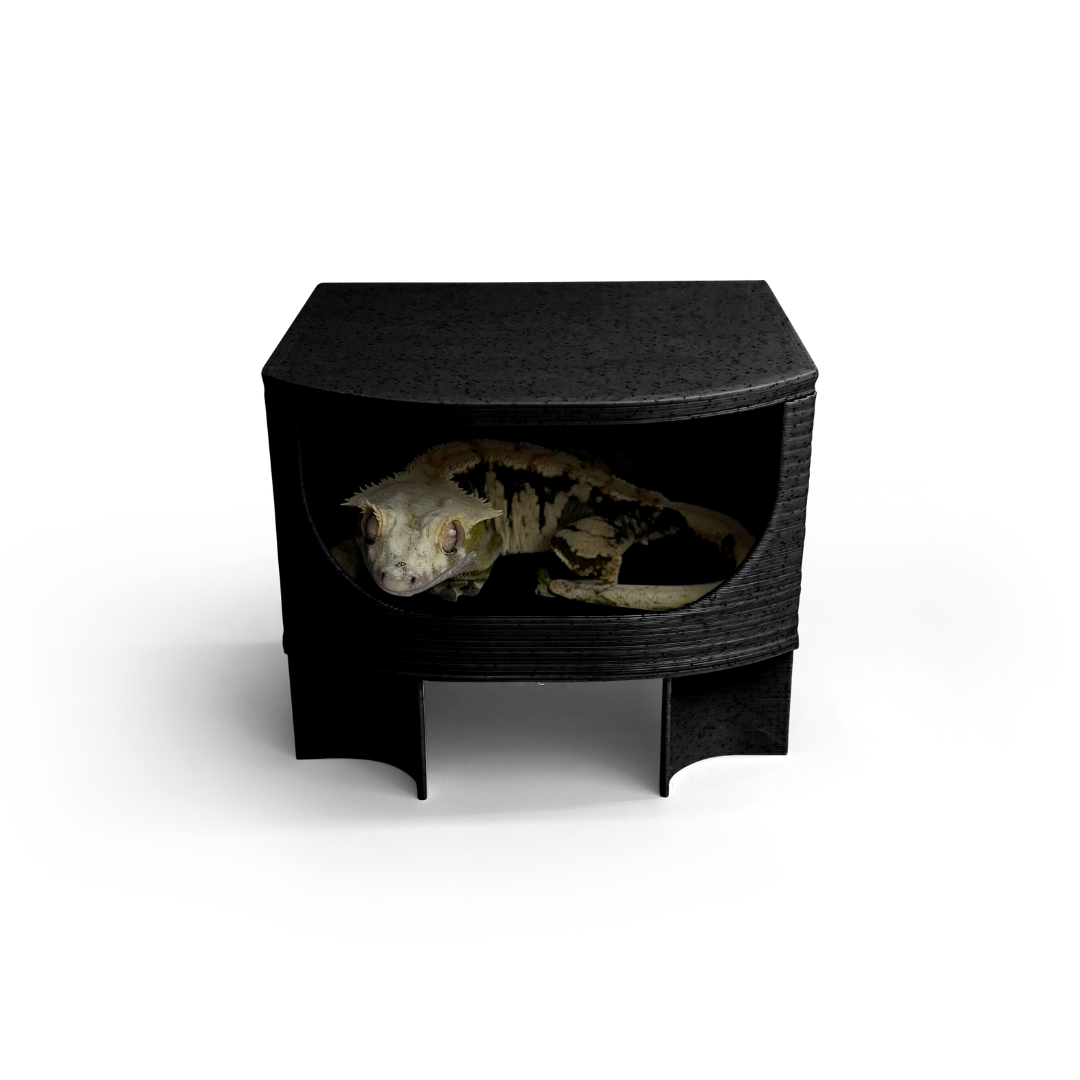
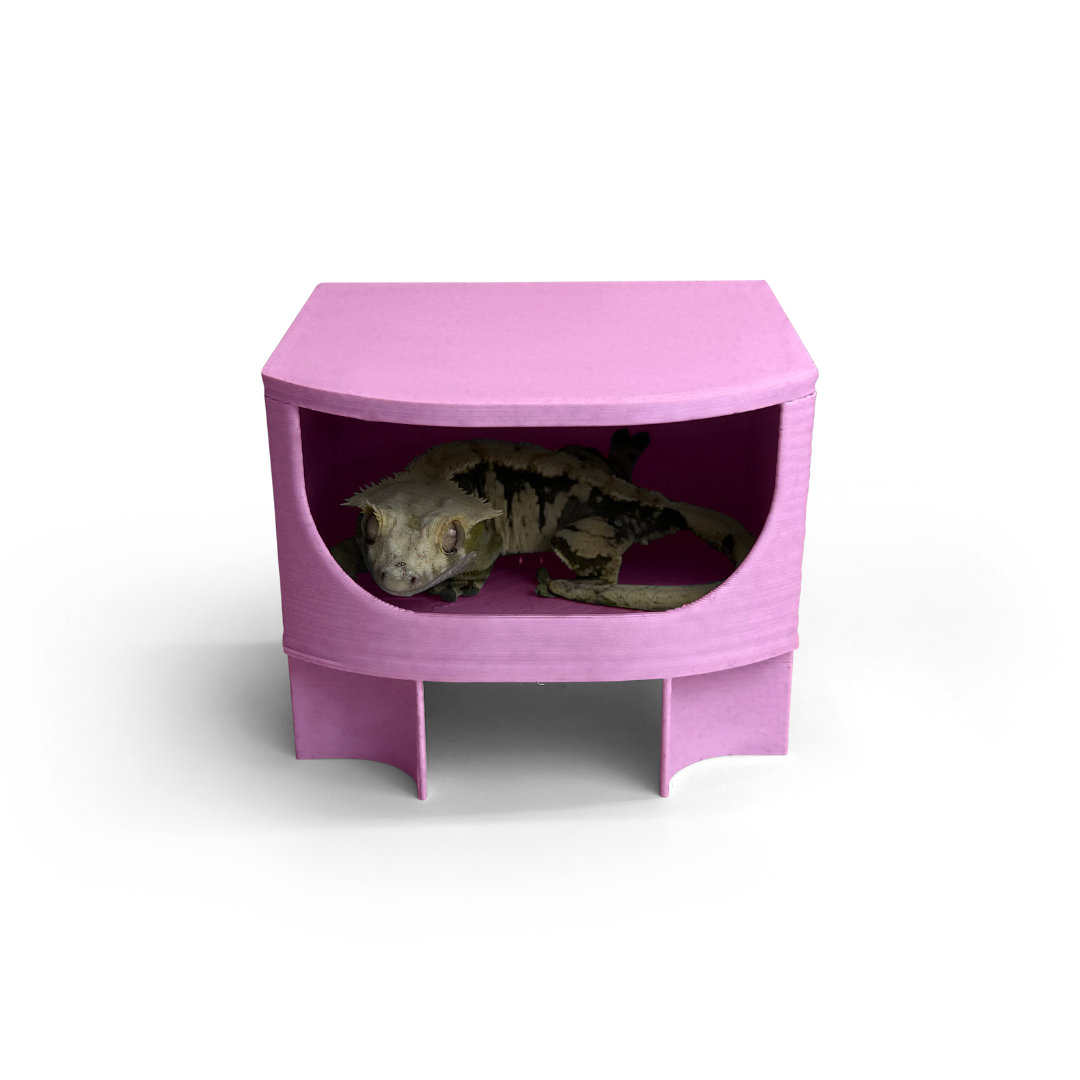
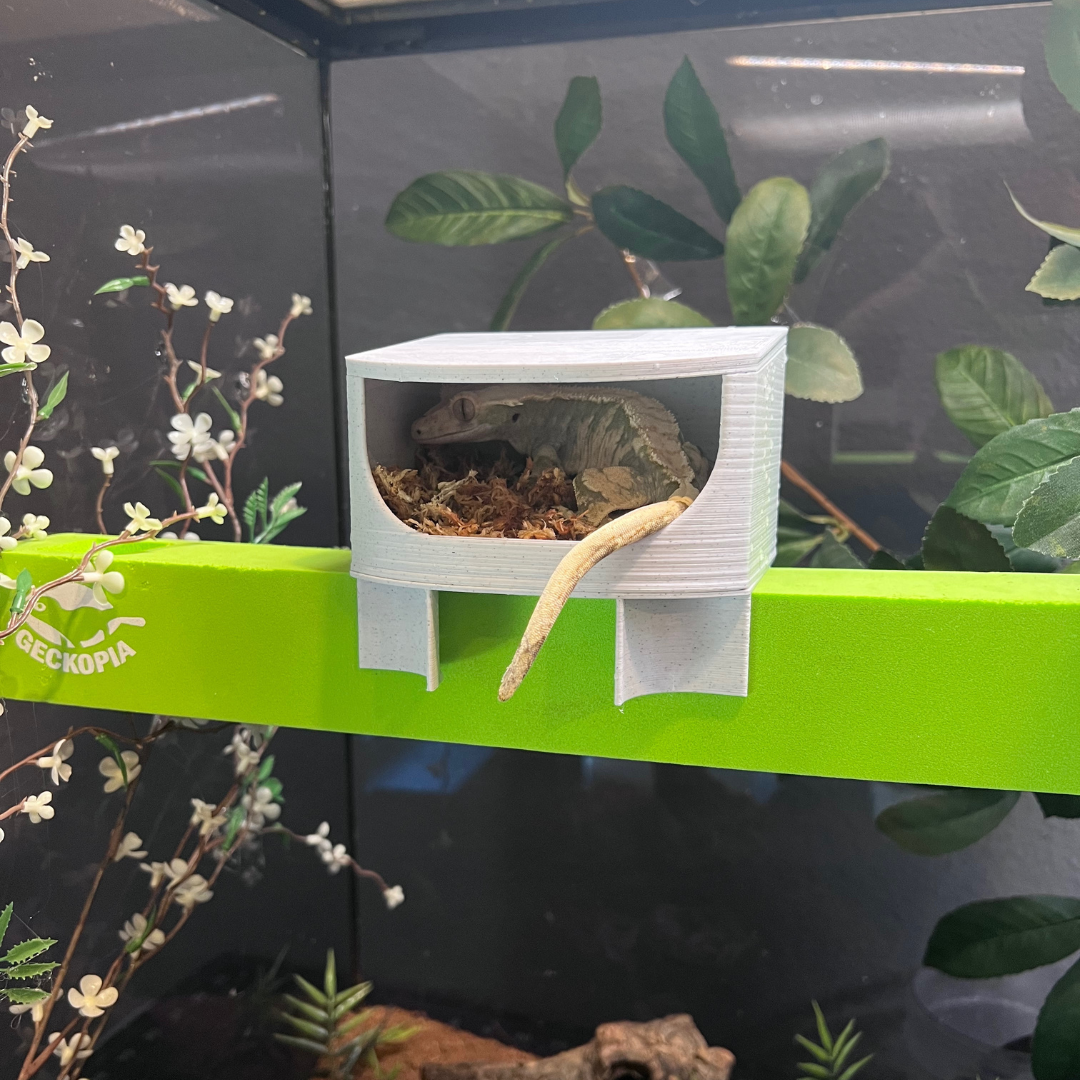
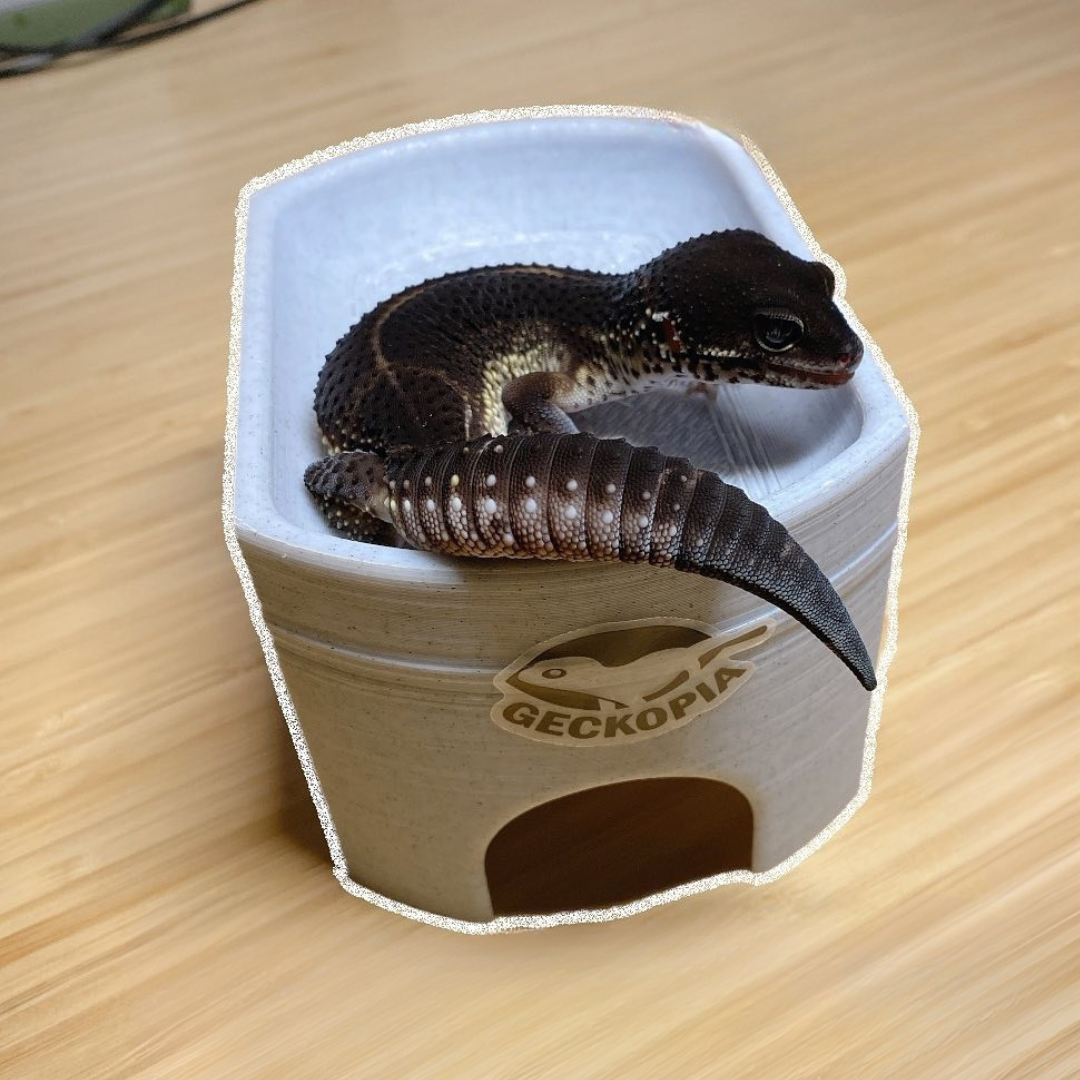
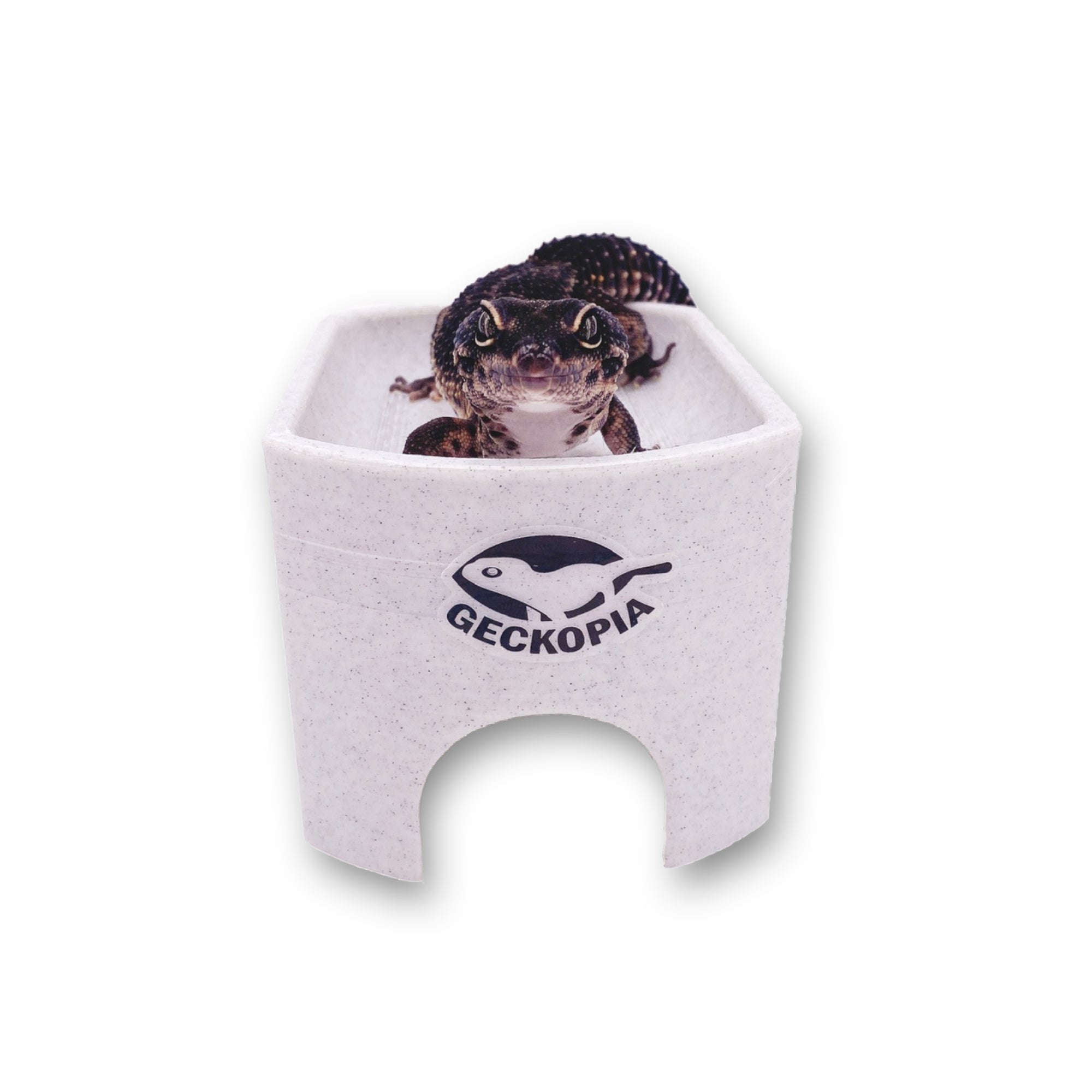
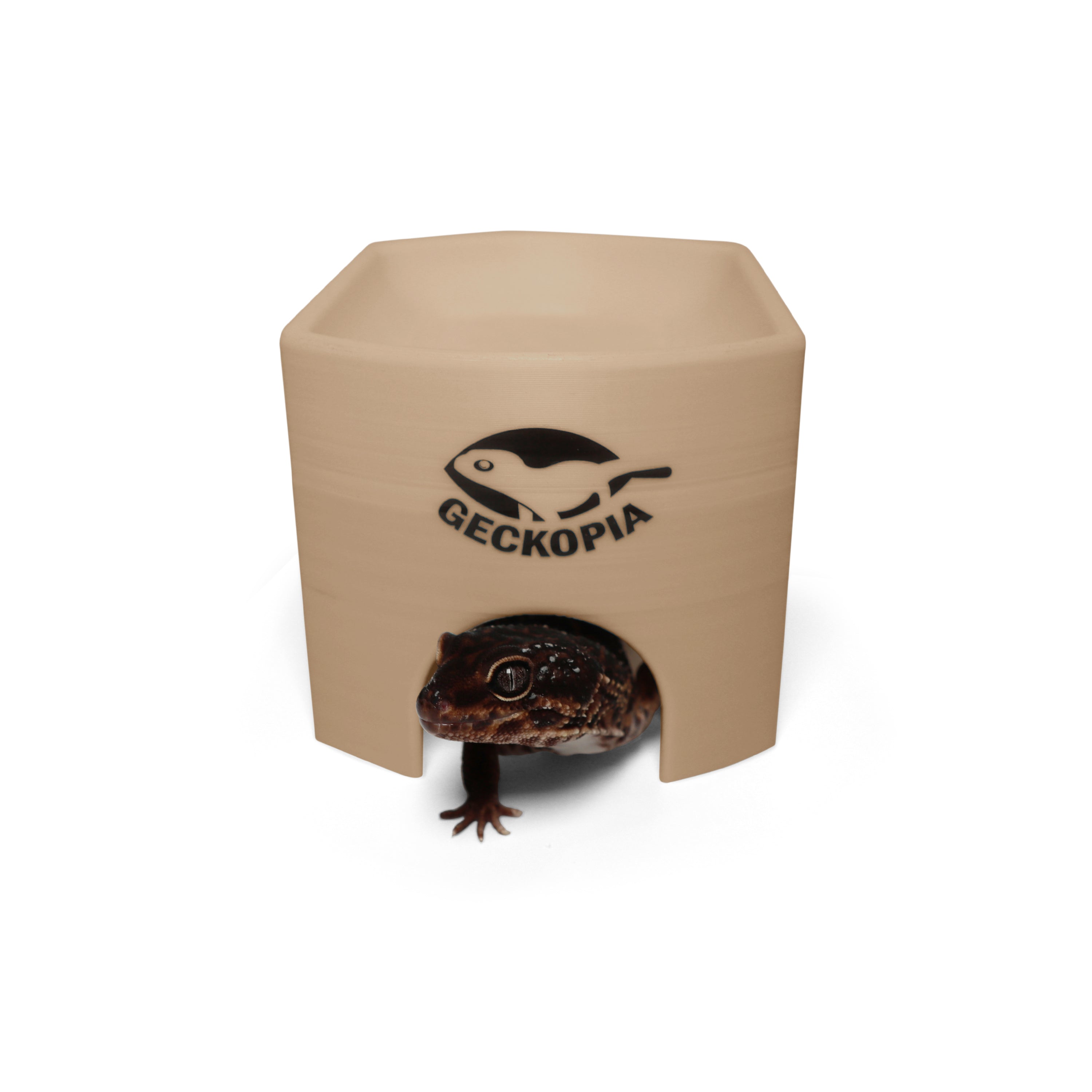
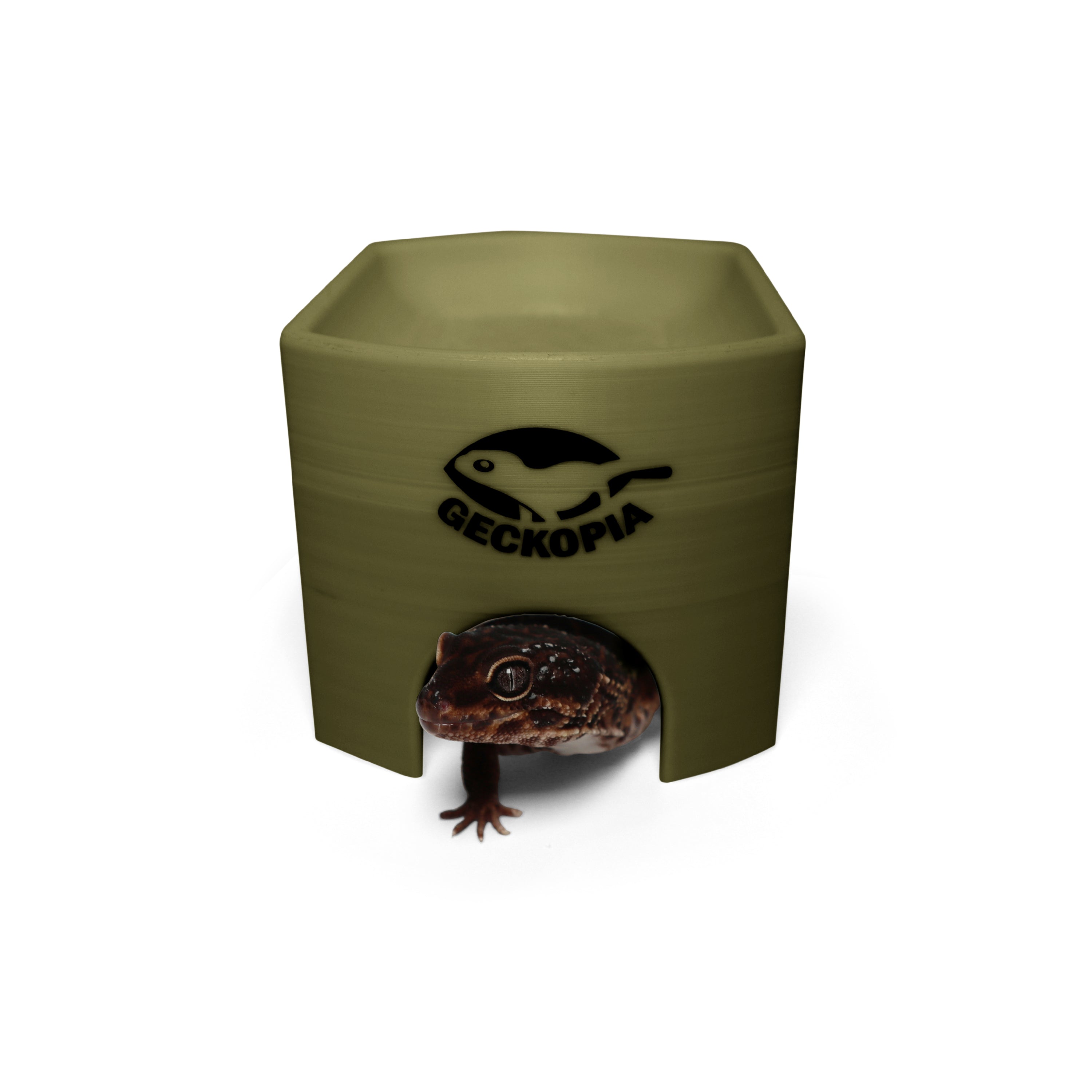
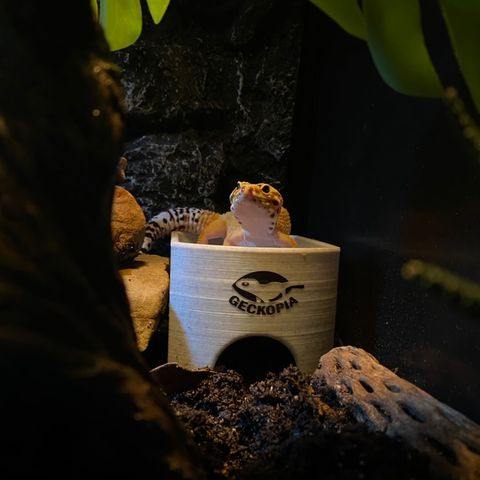
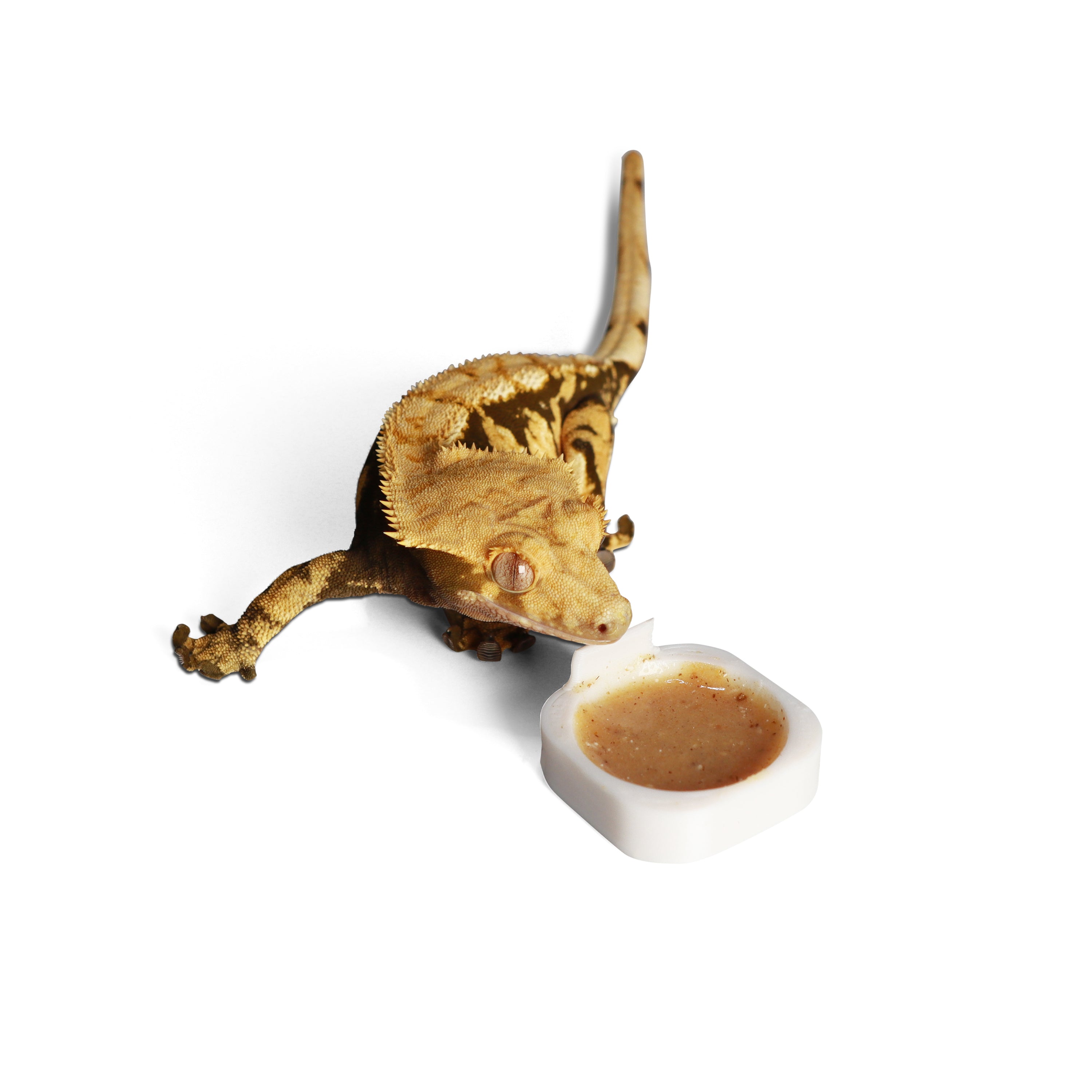
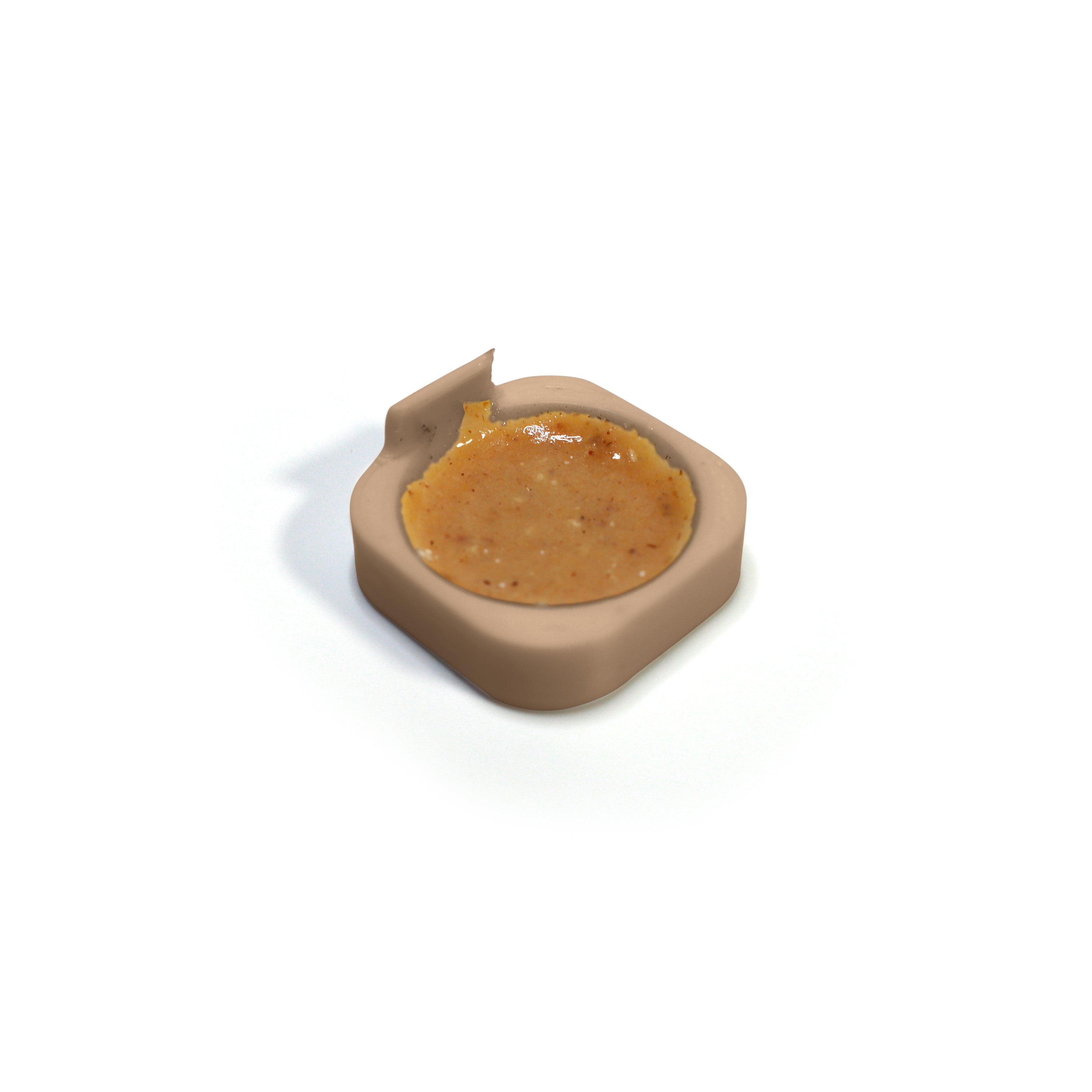
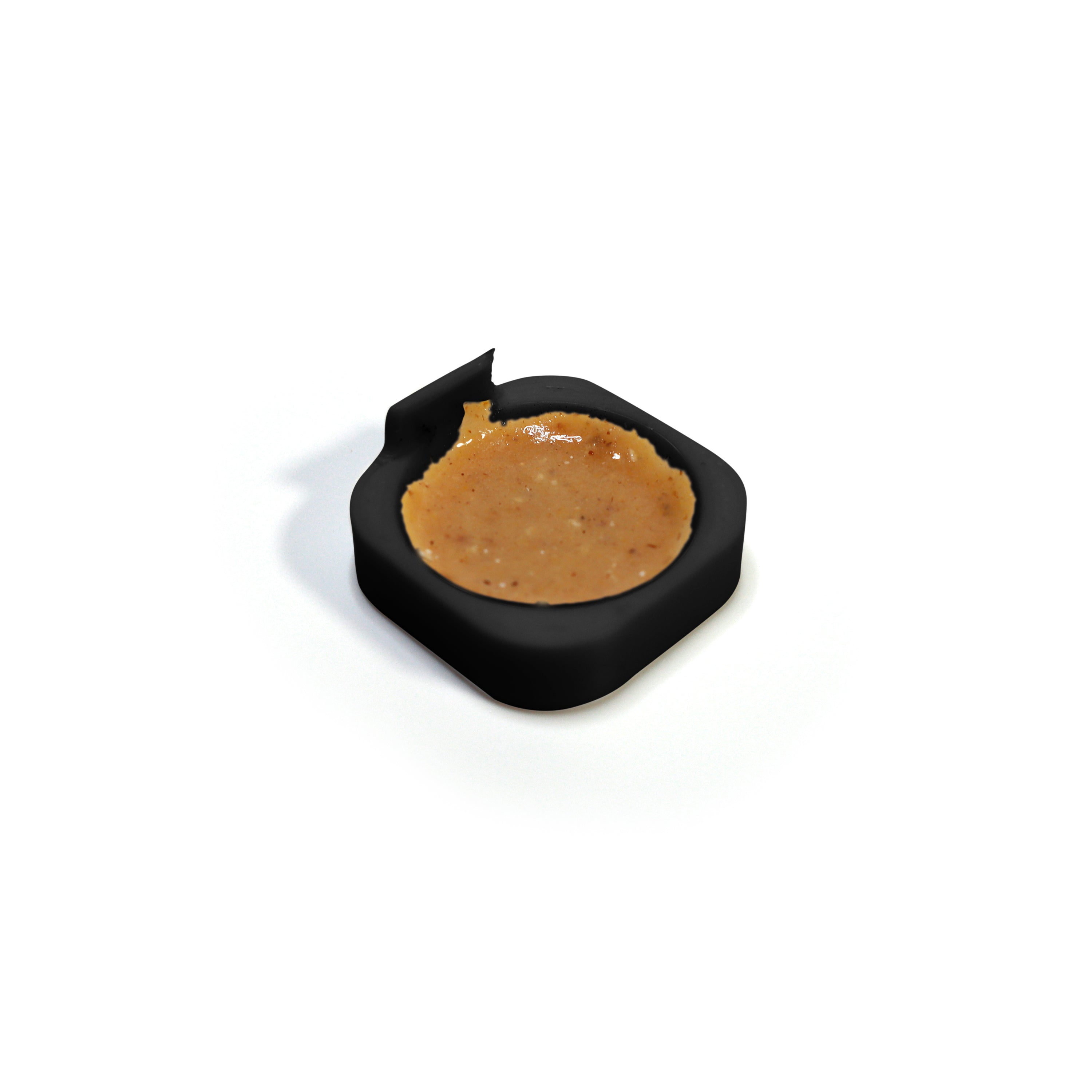
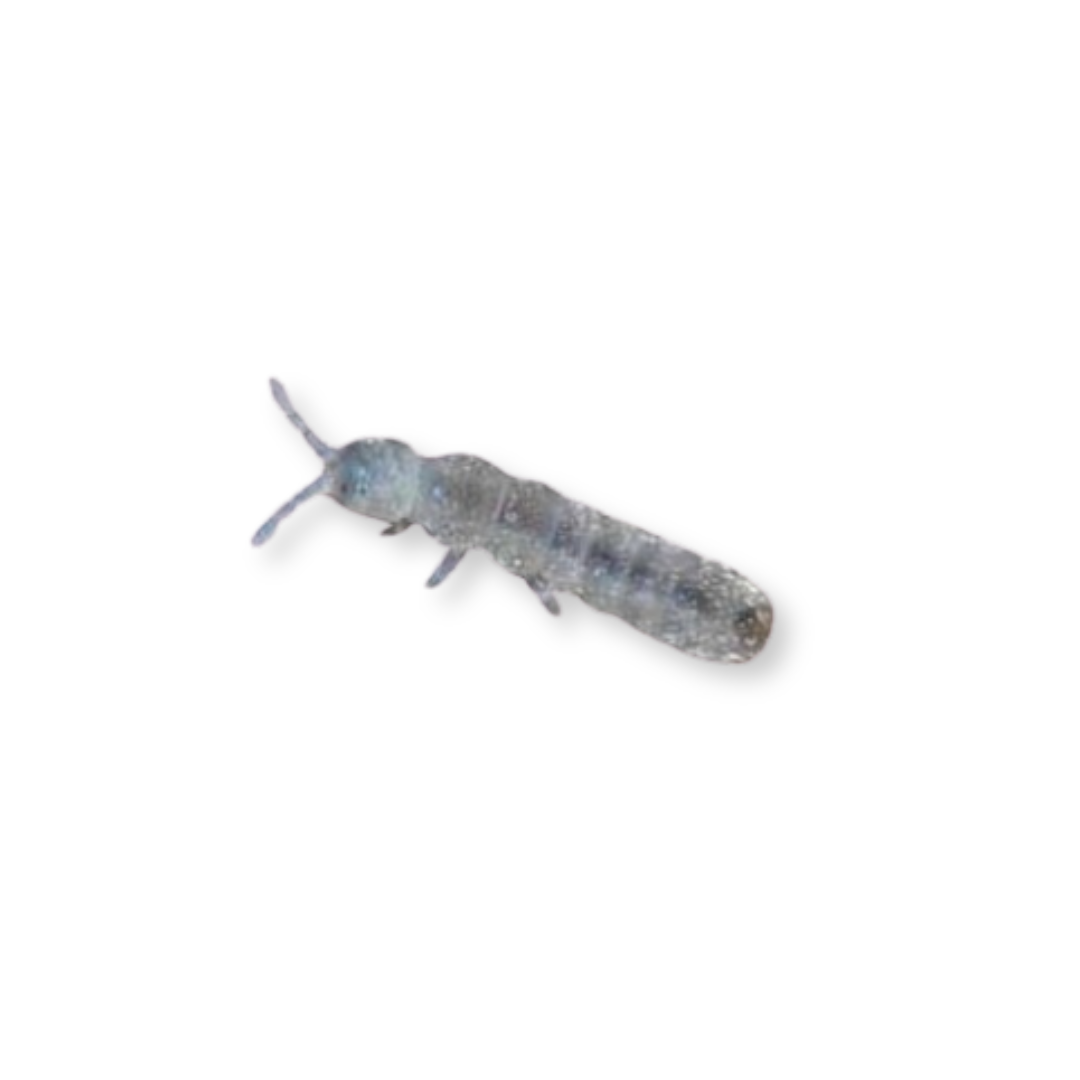
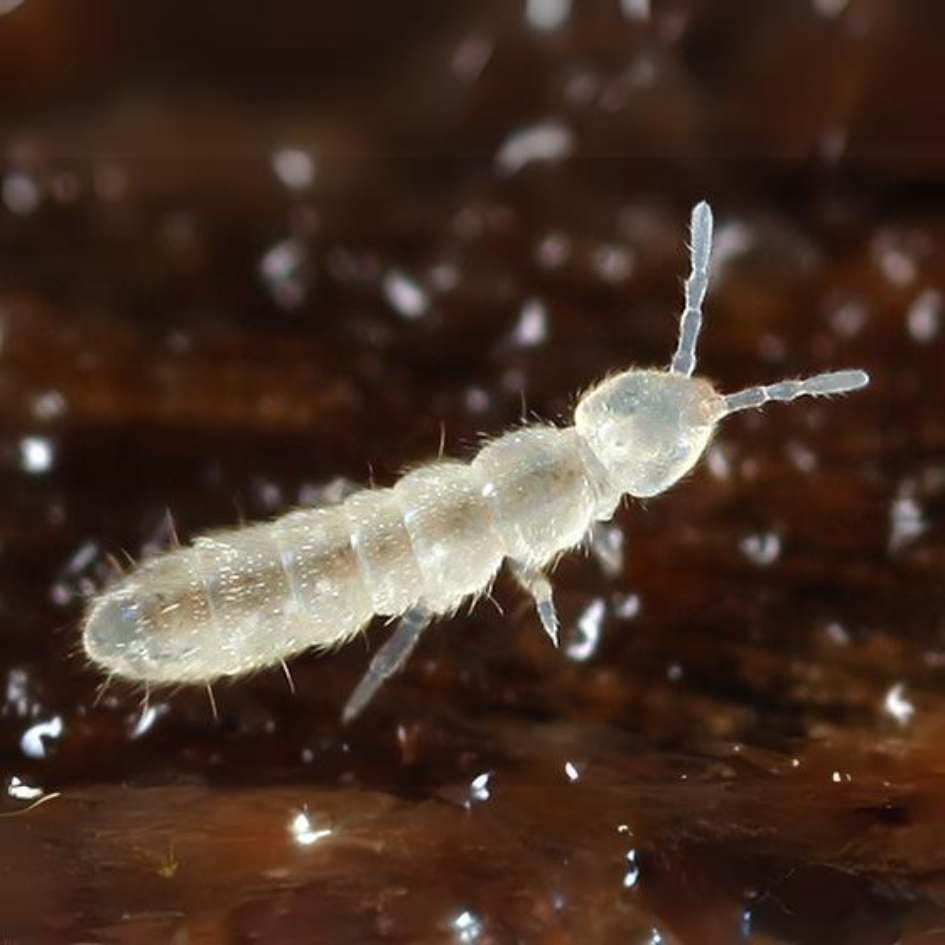
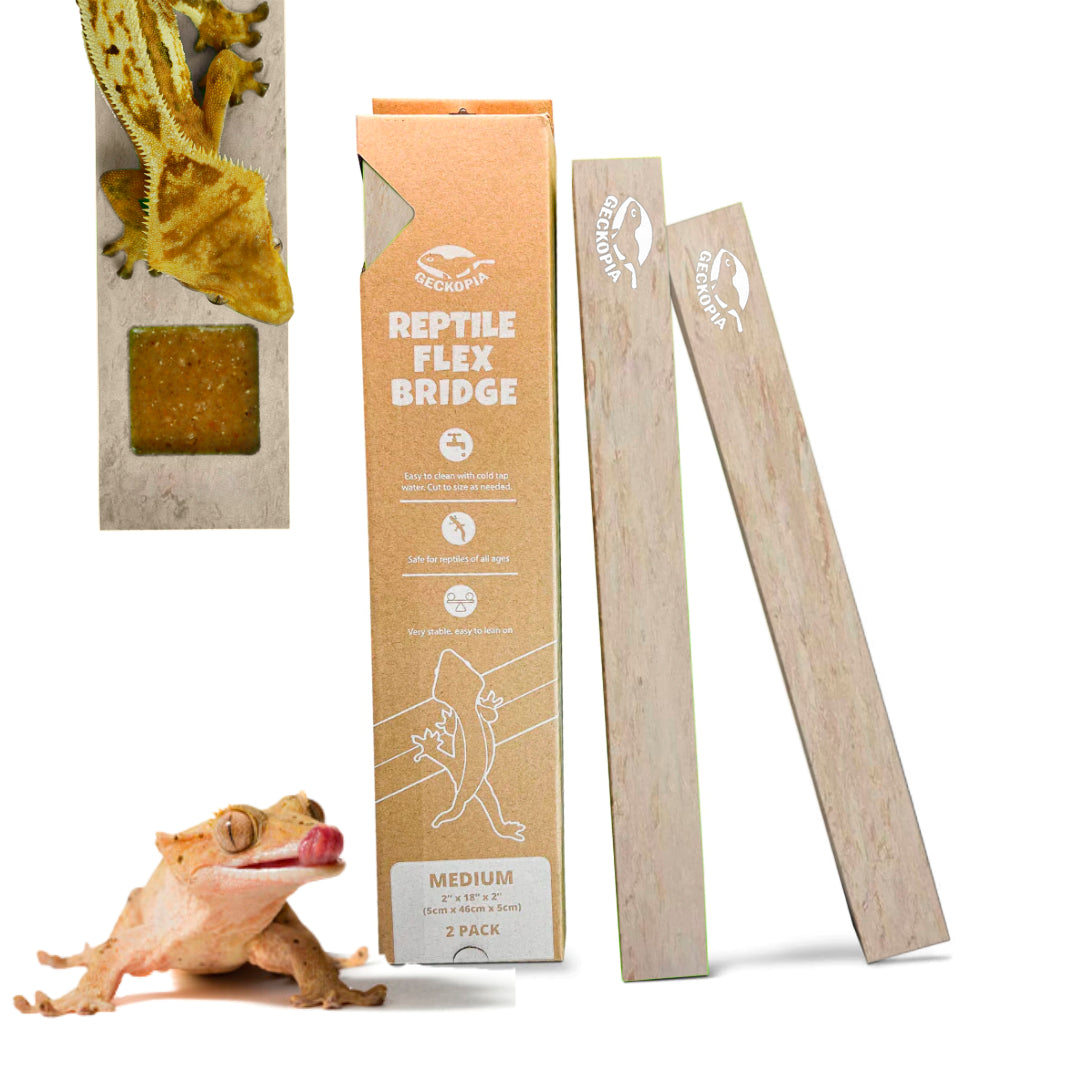

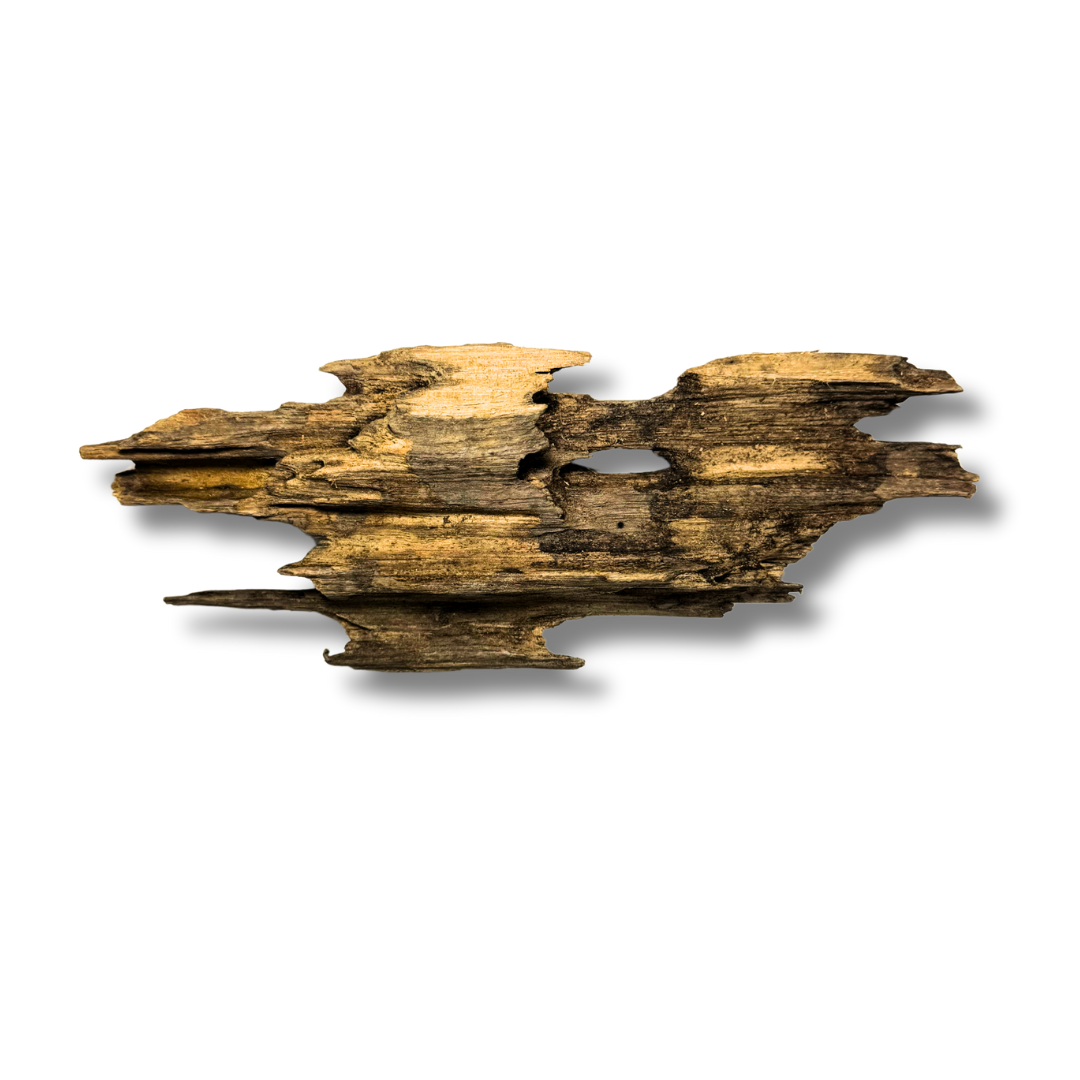
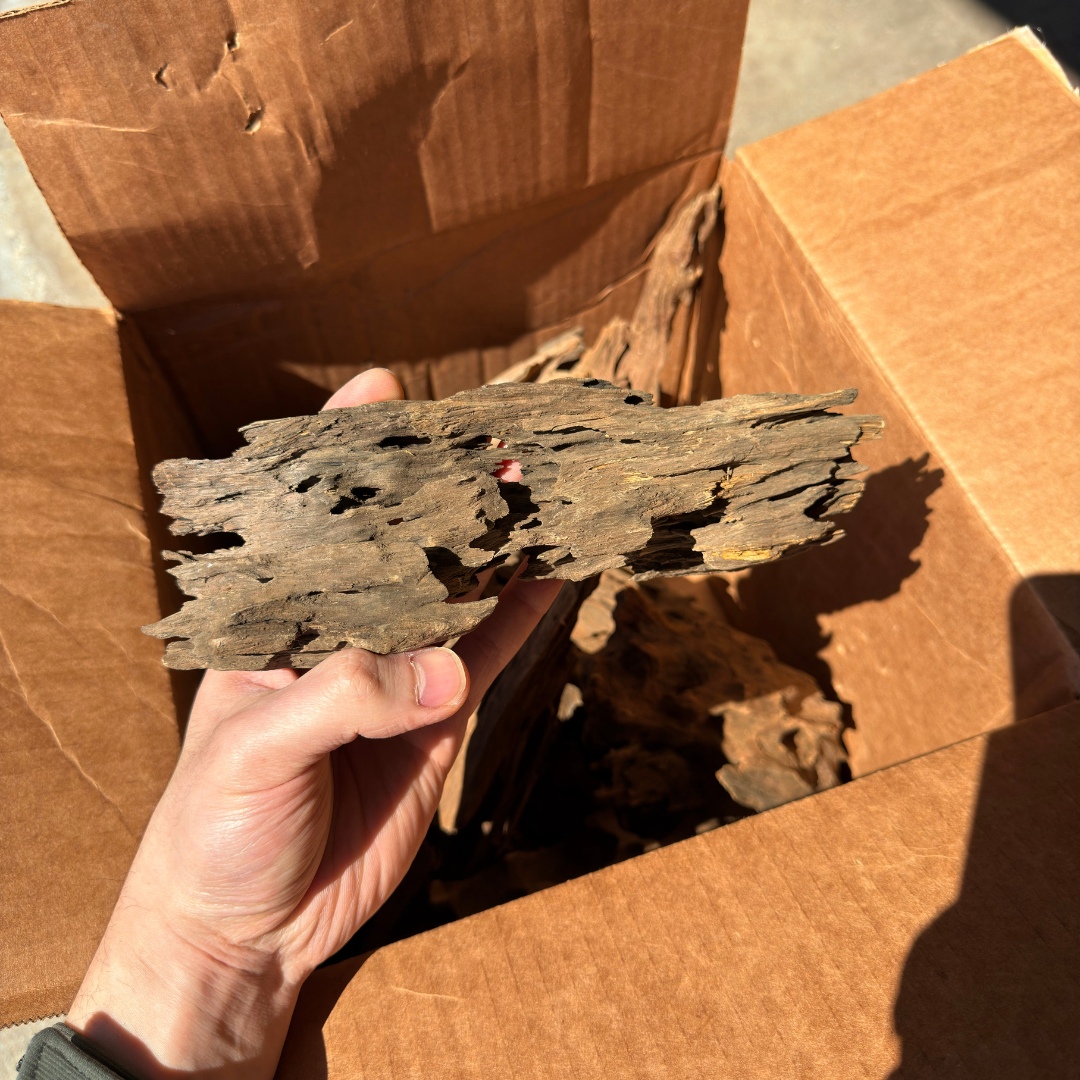
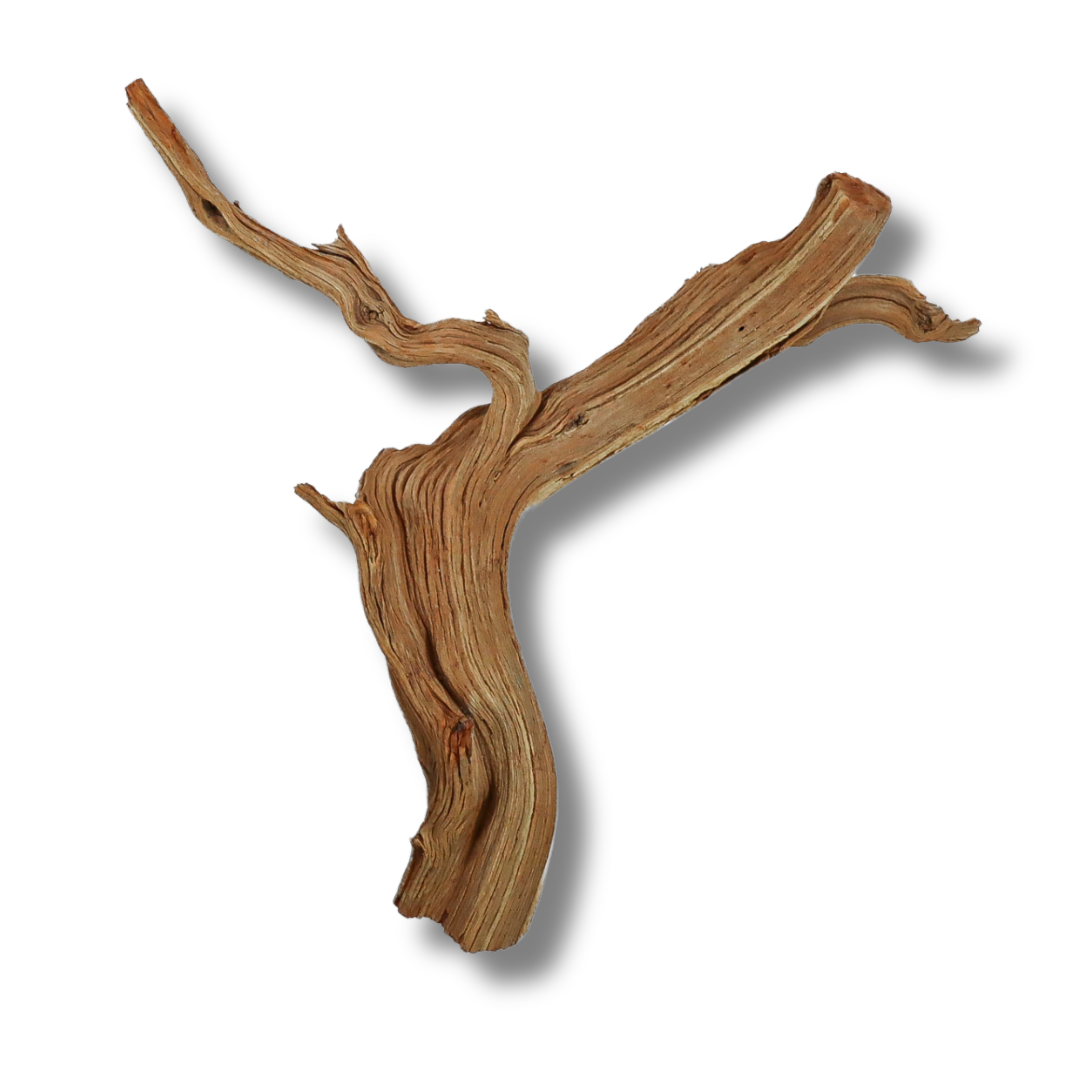
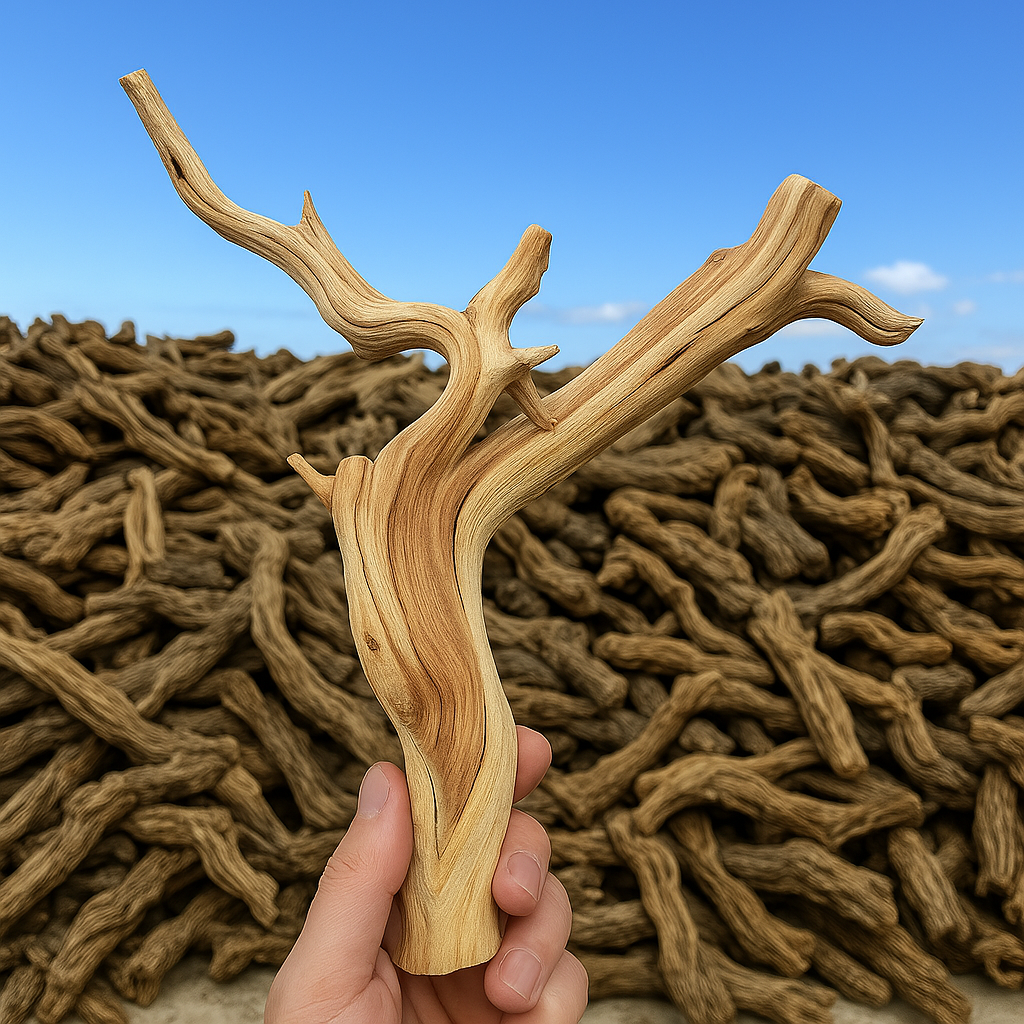
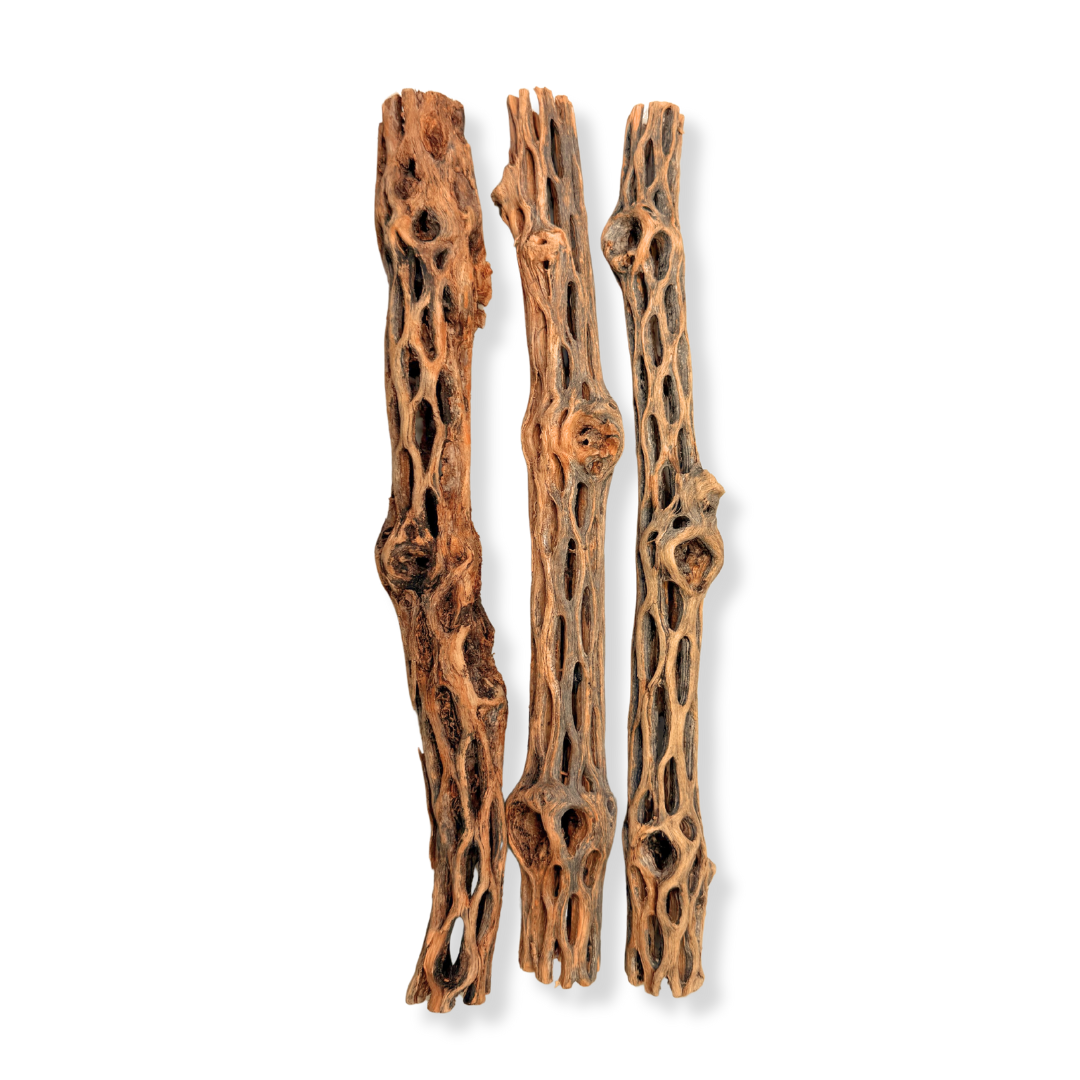
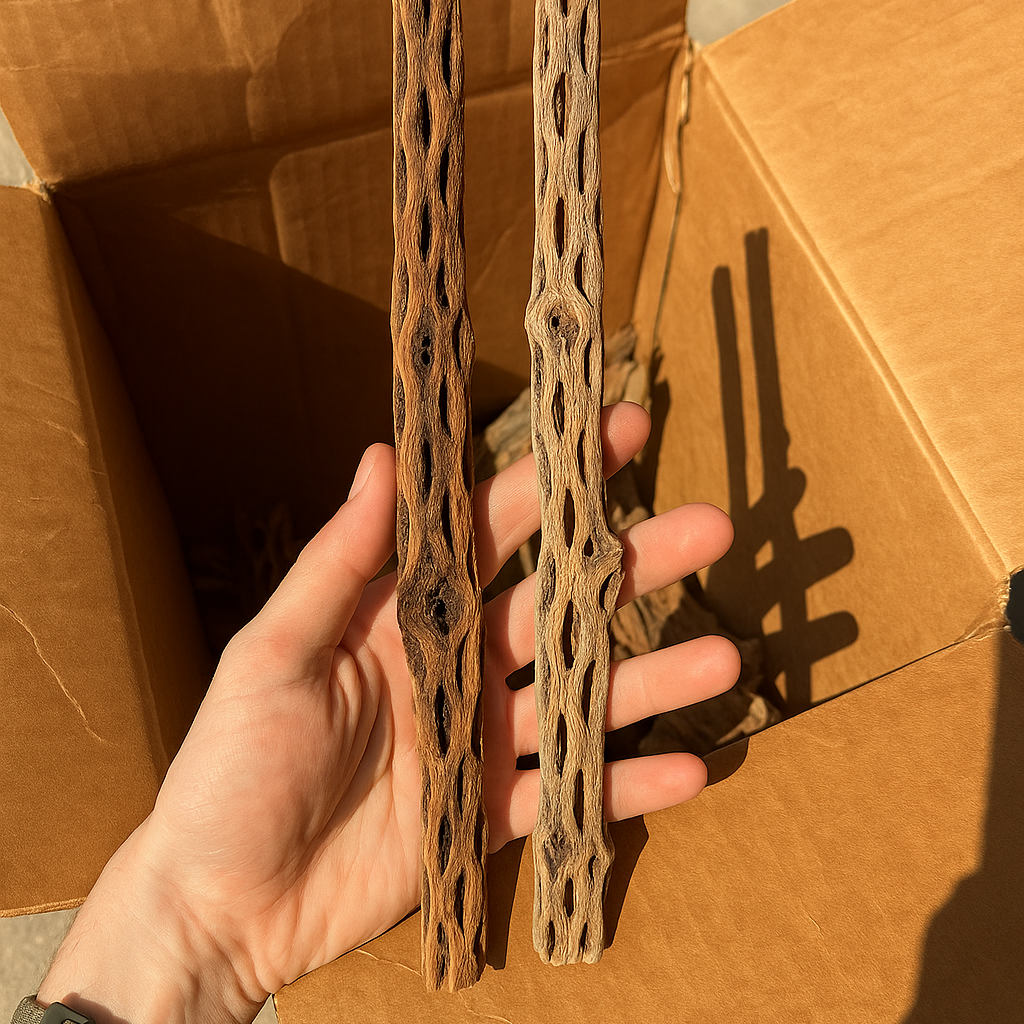
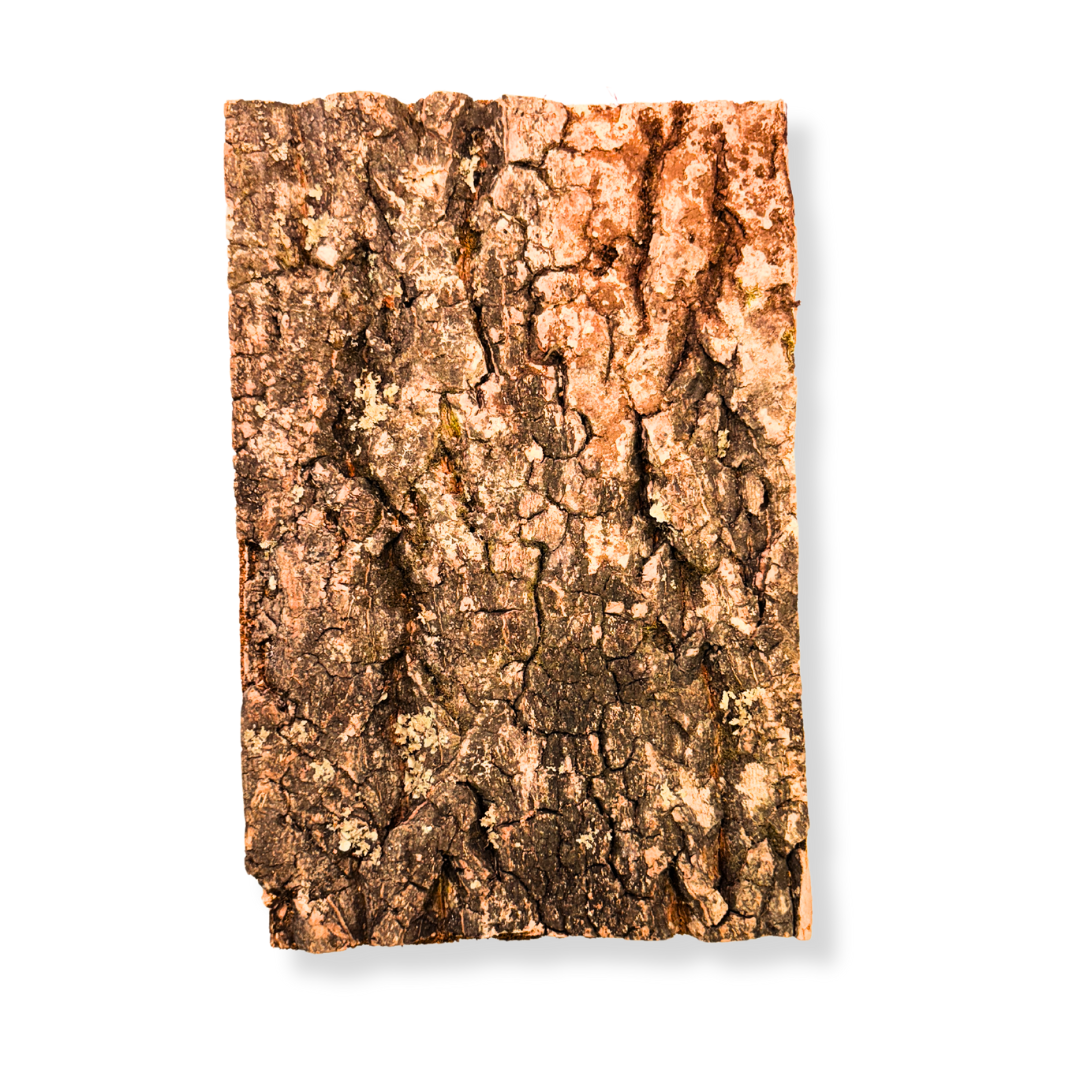
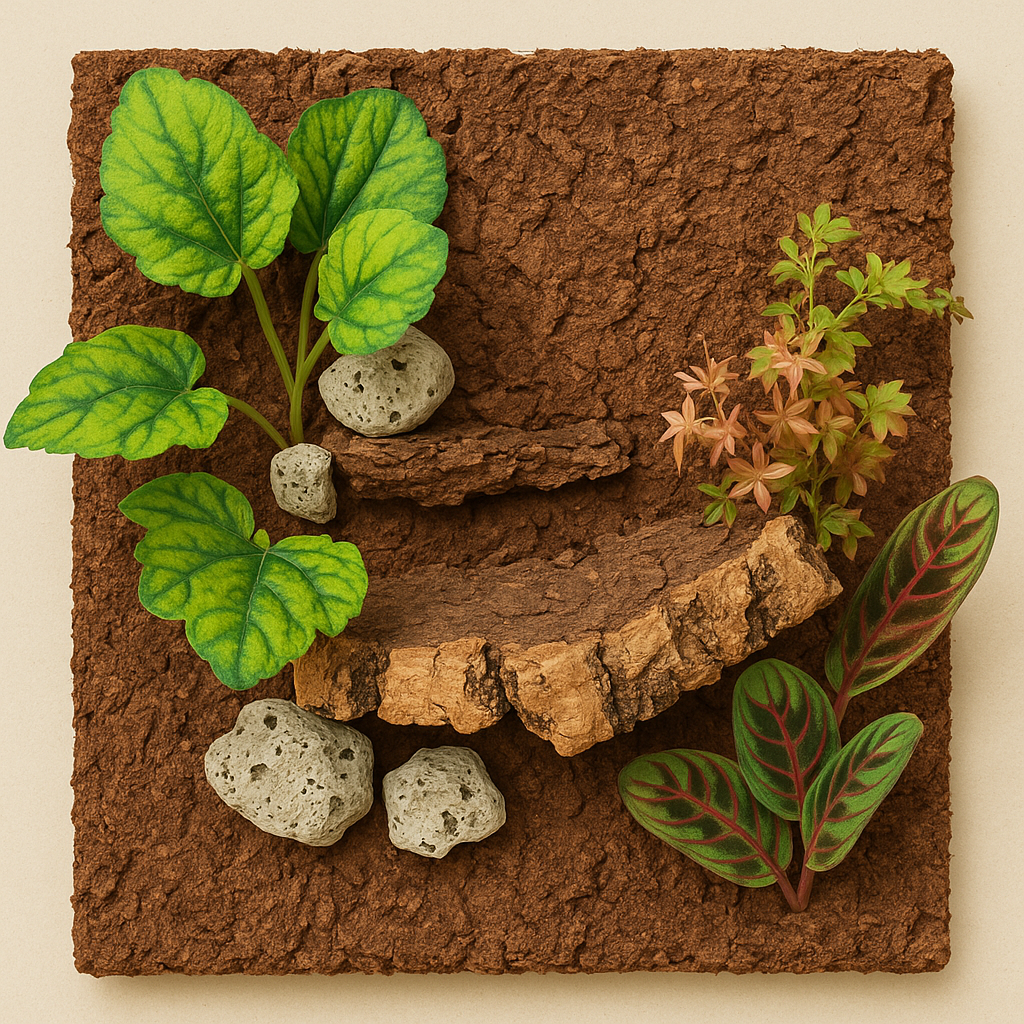
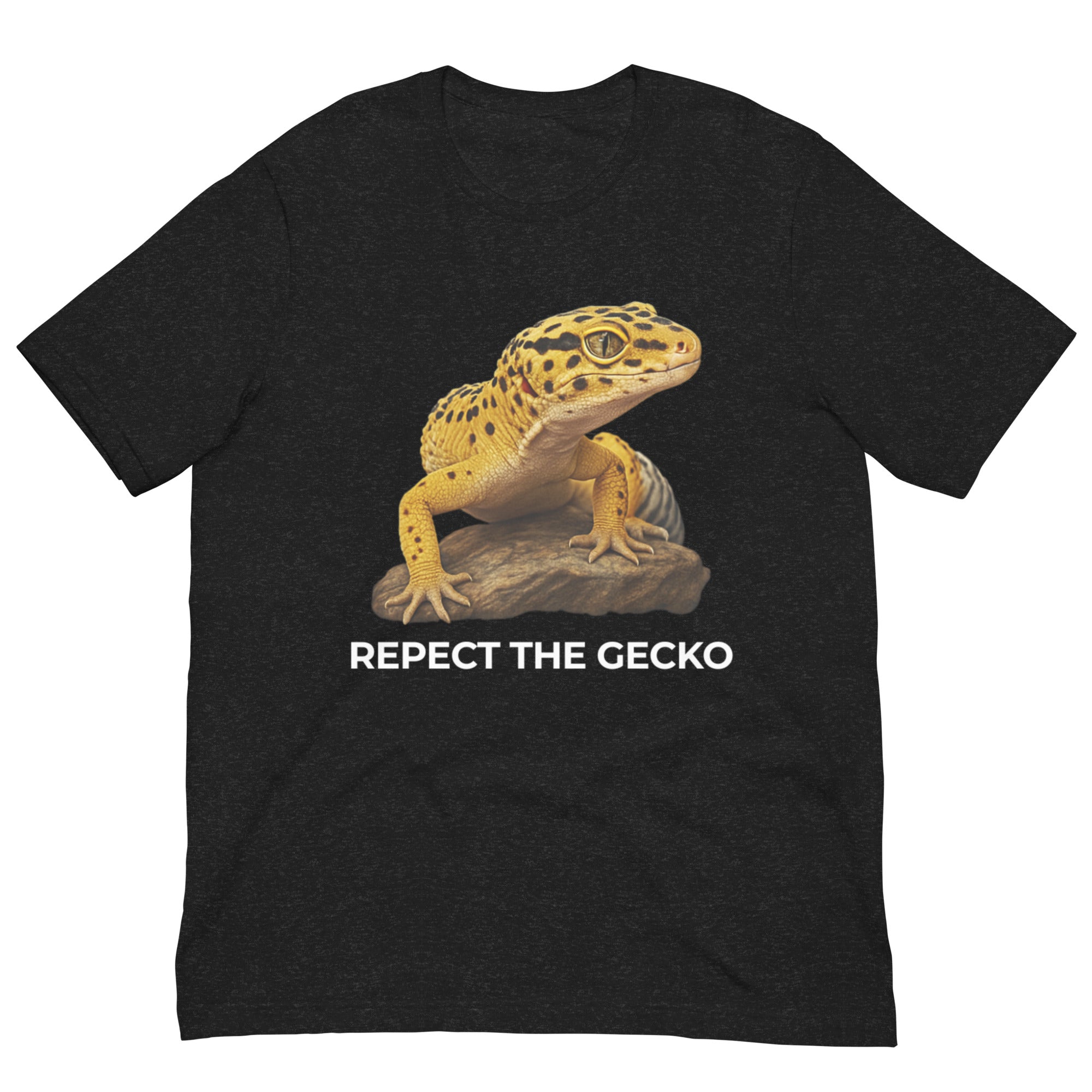
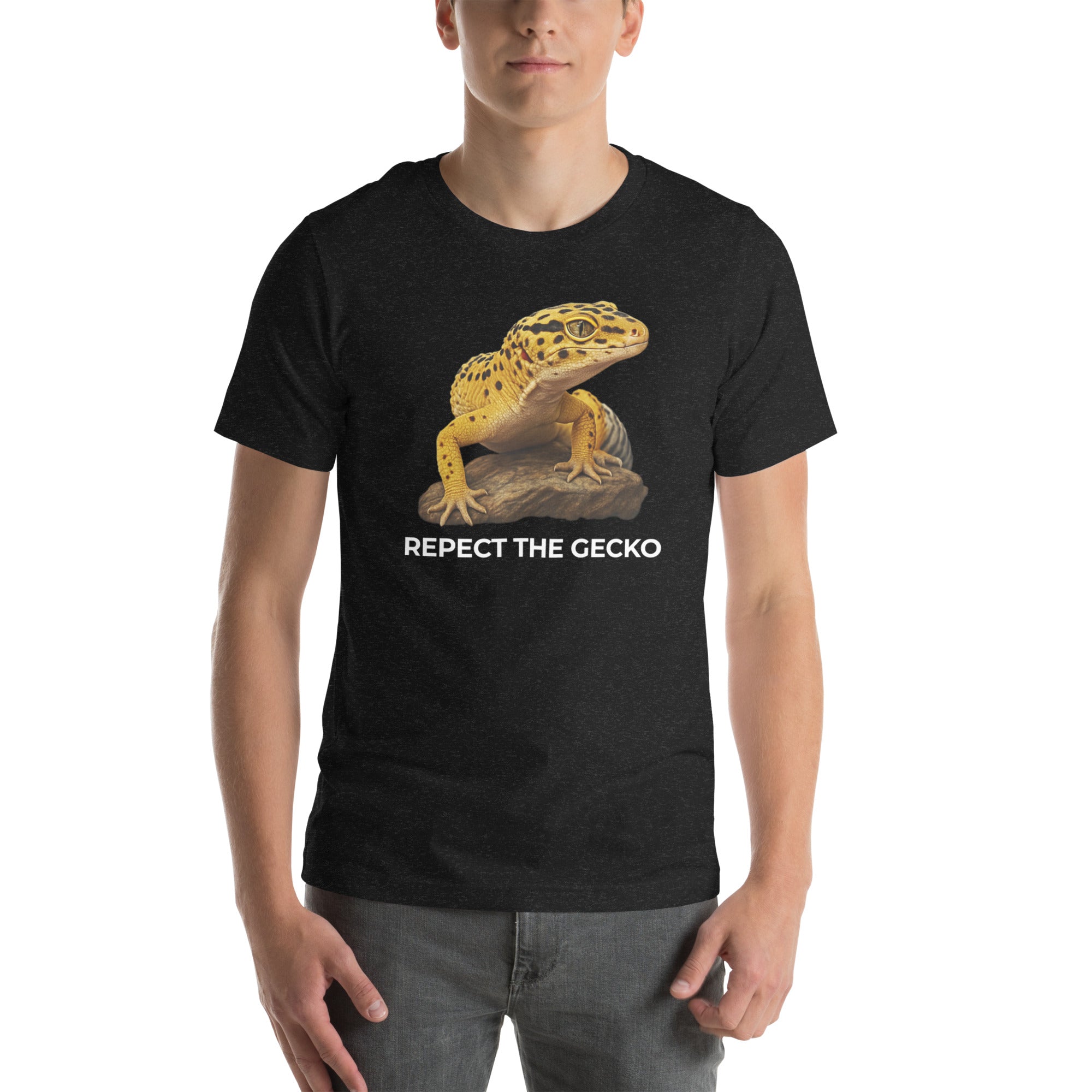
Leave a comment